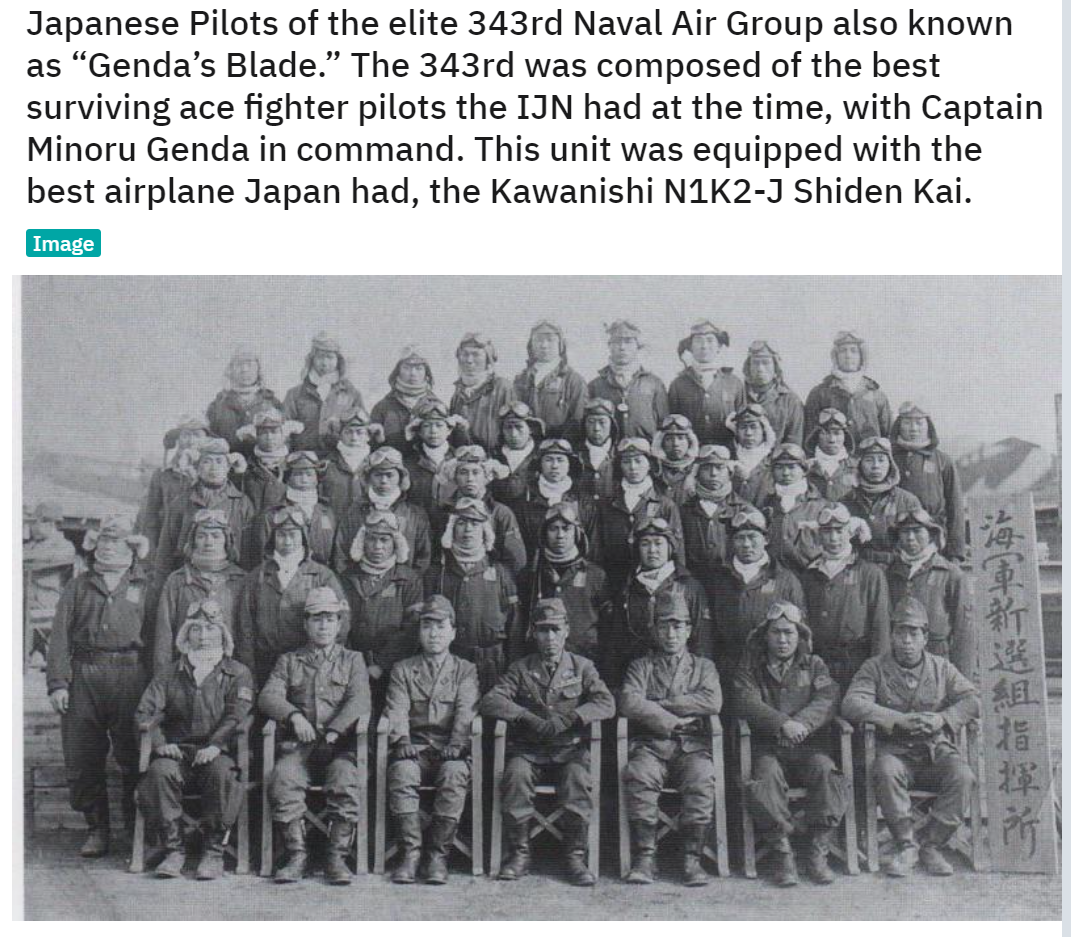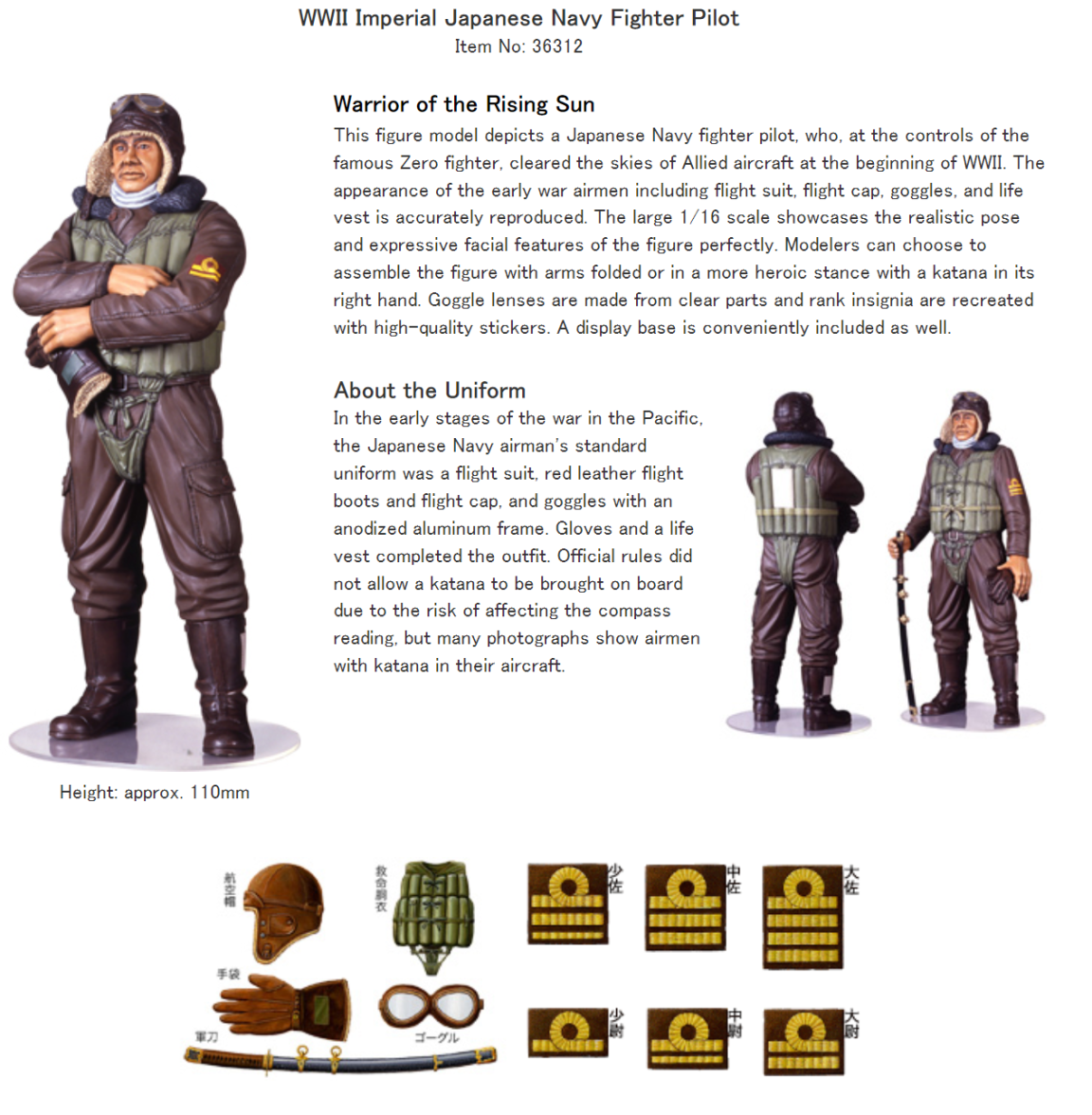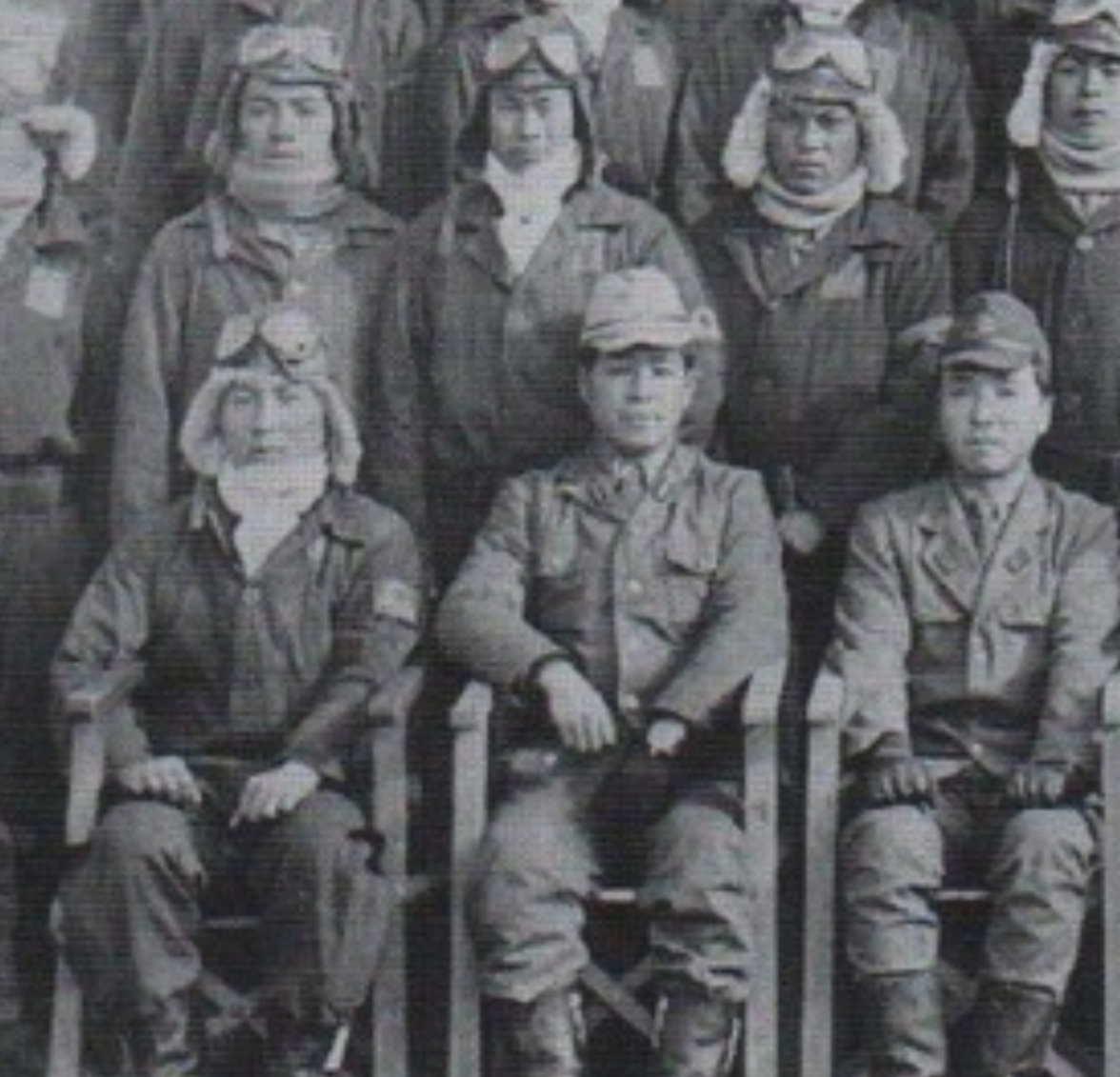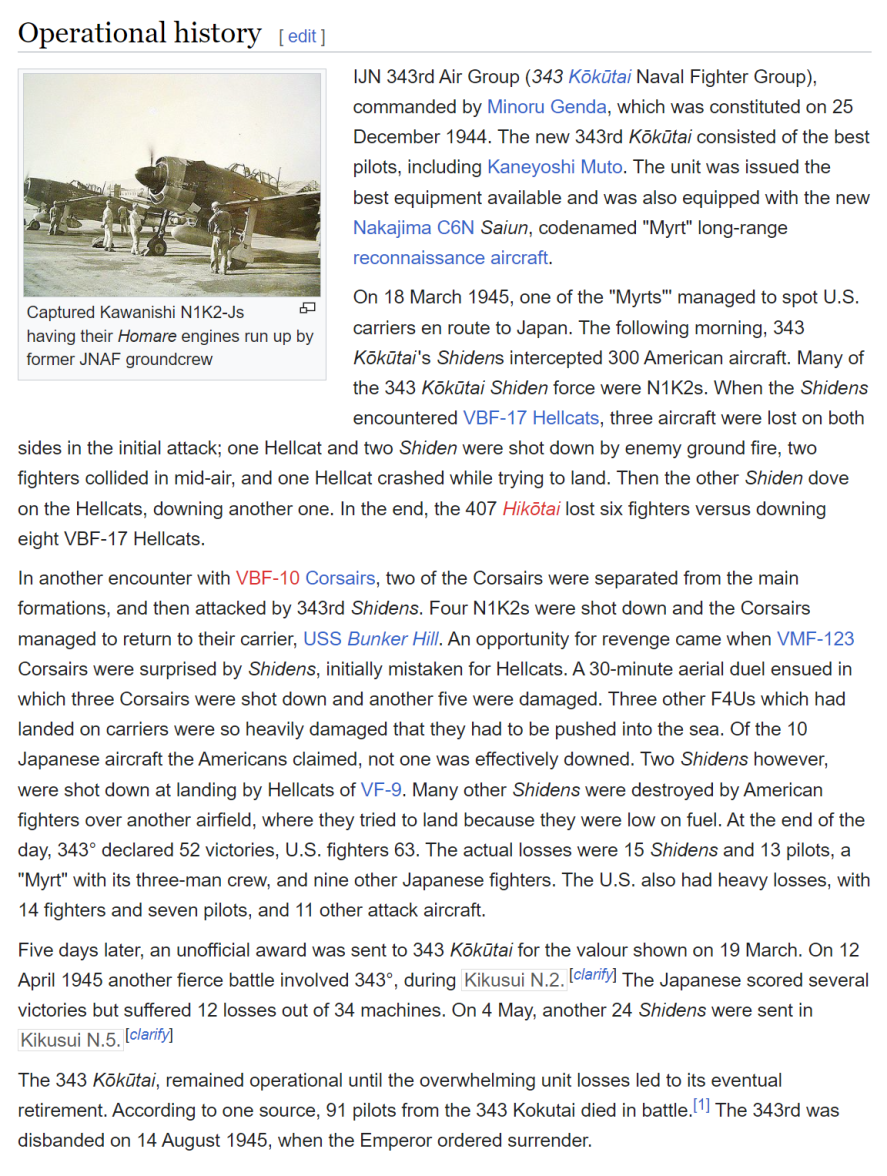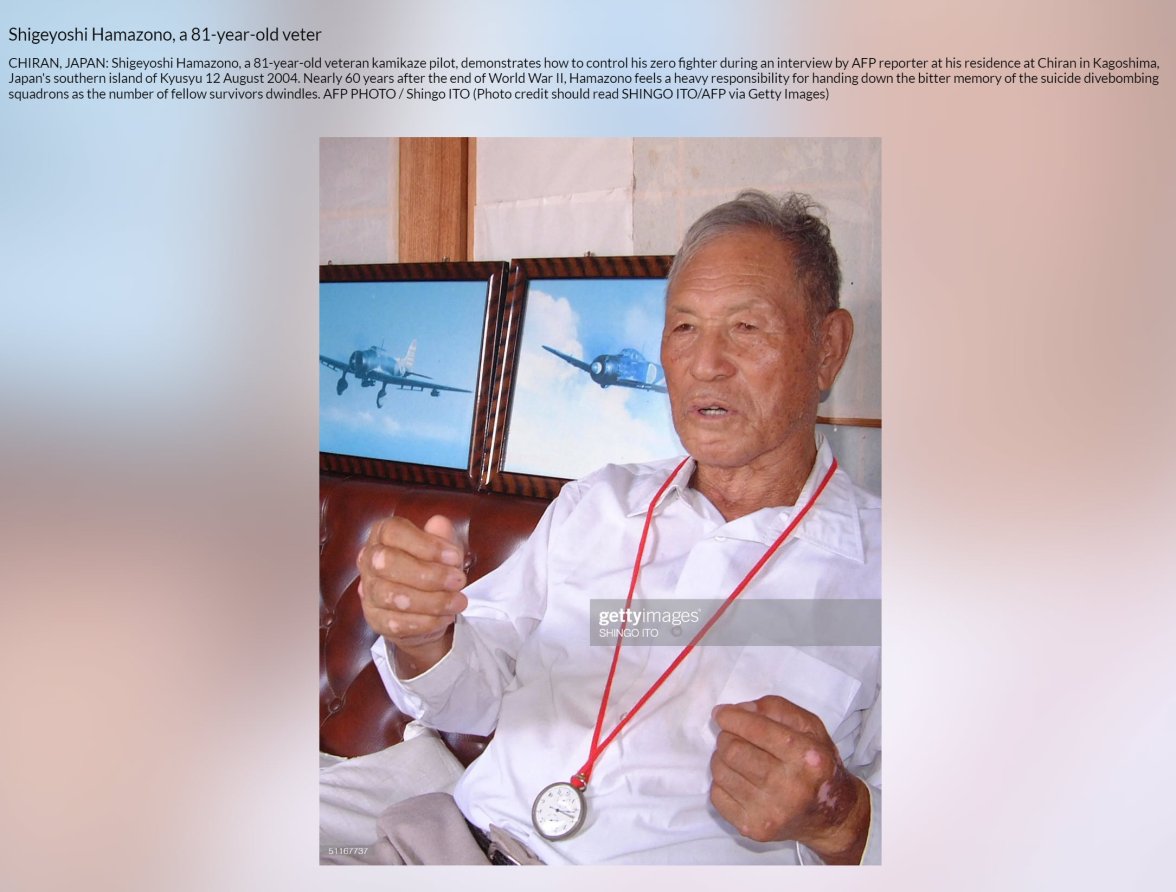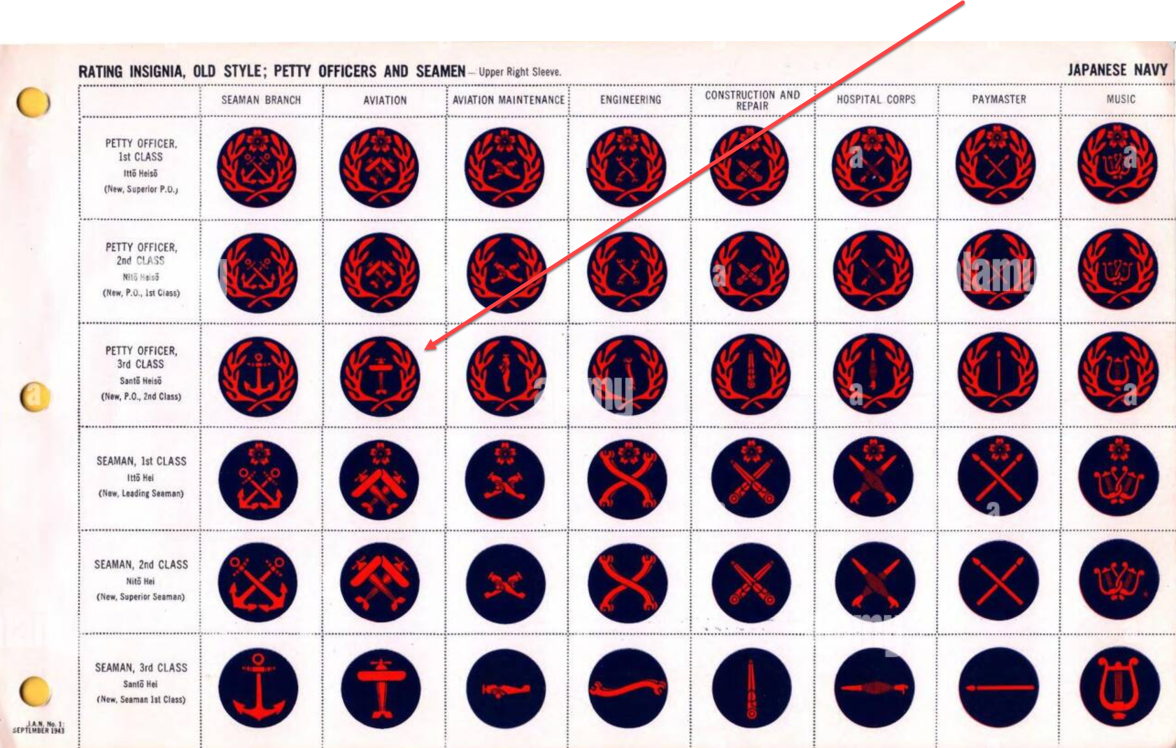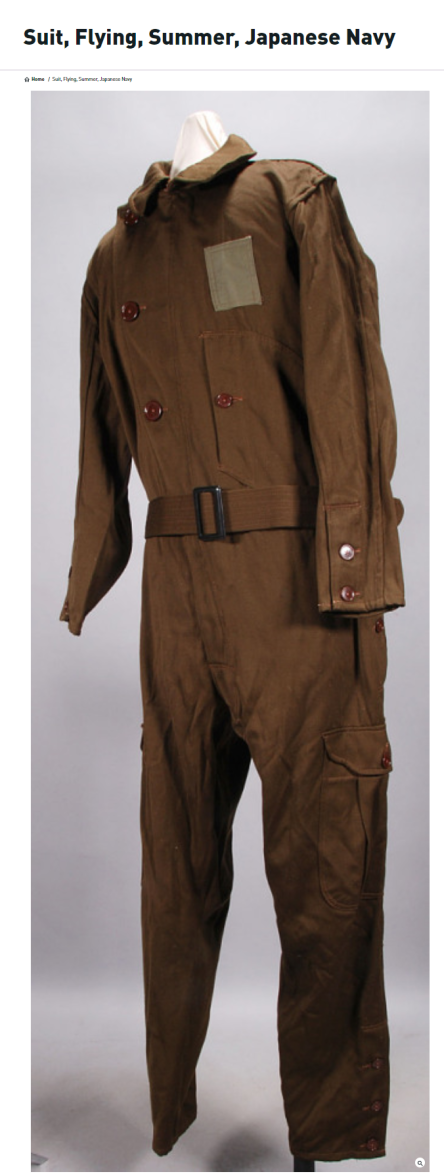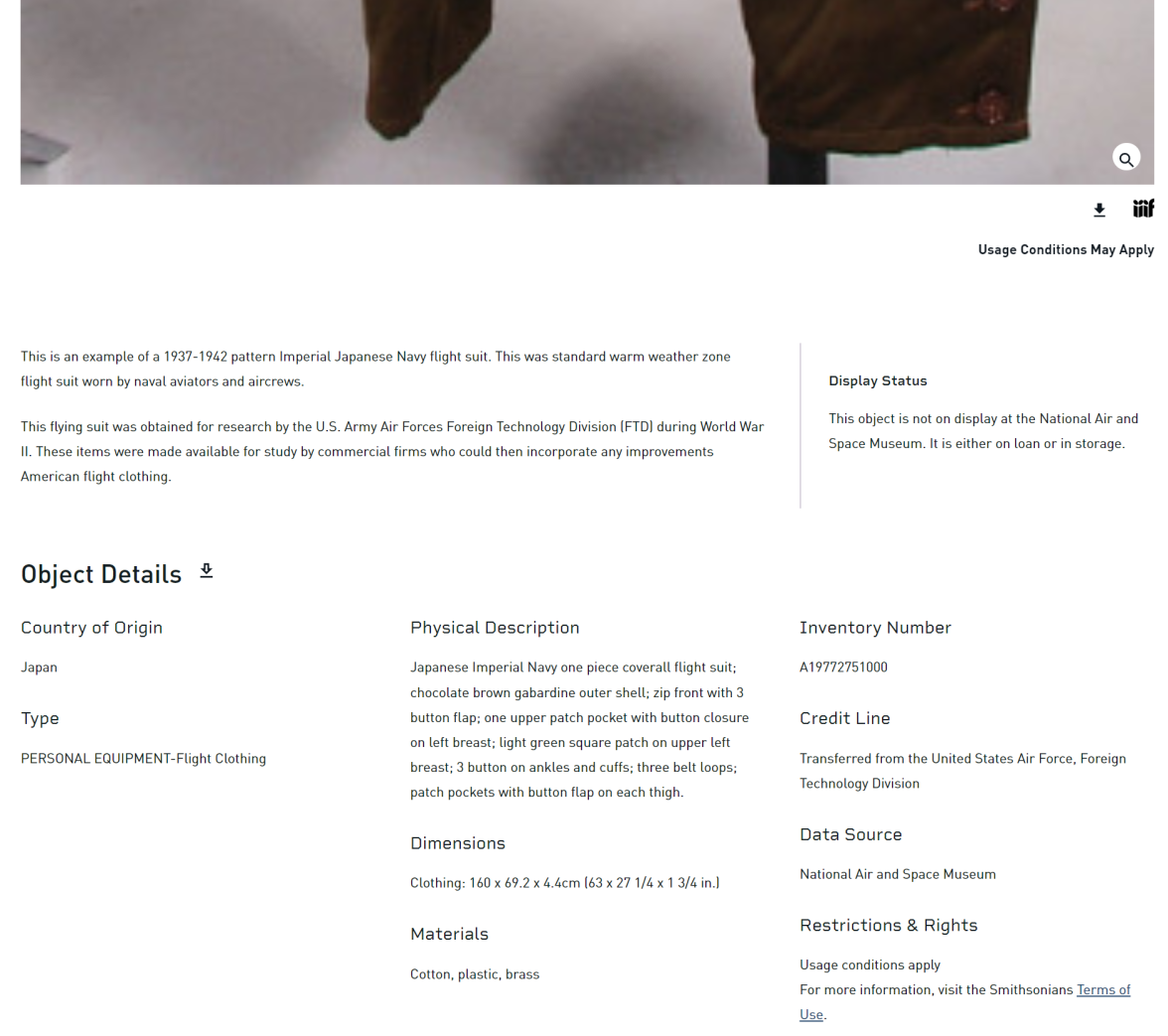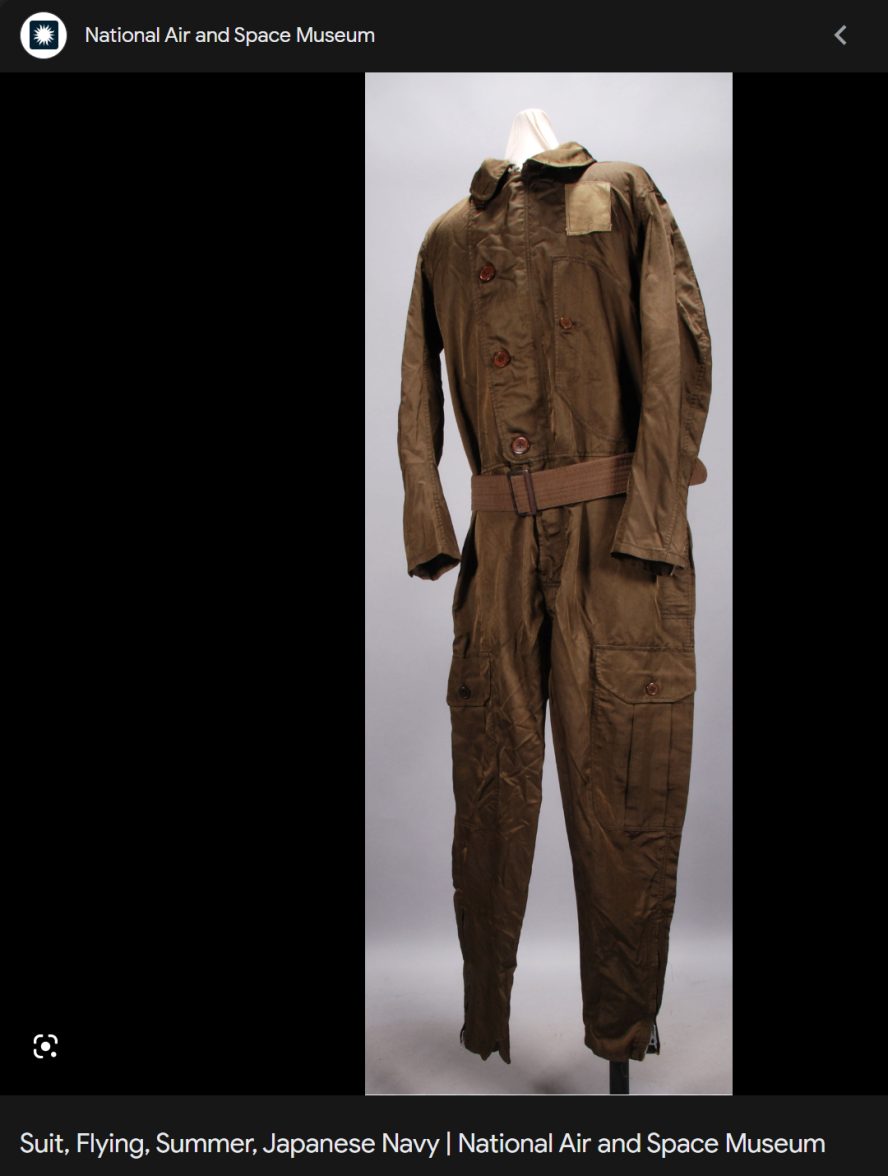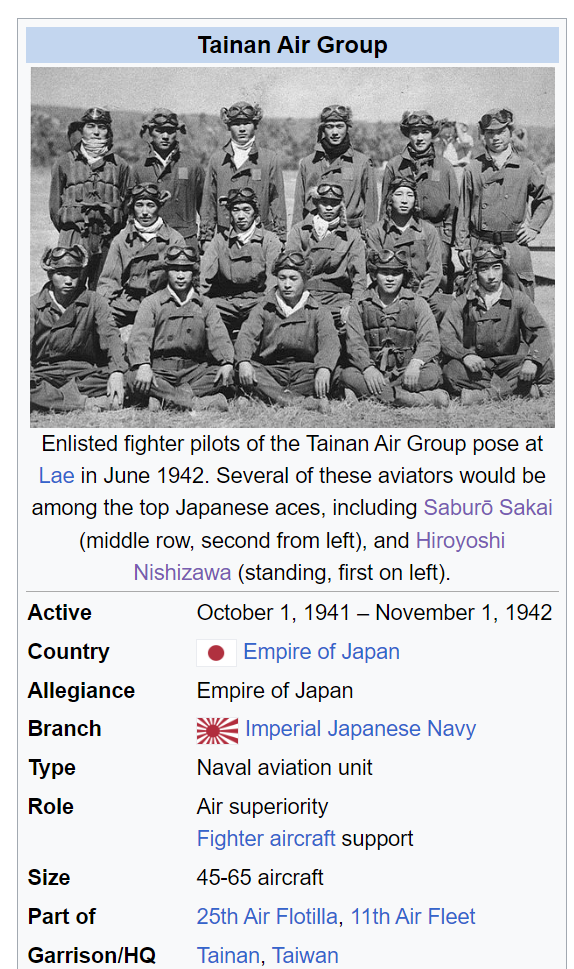Anyone have a historical watch?
Lépine
·Lépine
·Omegafanman
·A bit of thread drift but I was chatting to a vet last week who was very sad about some of the current world conflict situations (he was a frontline medic so has seen too much of the sharp end and its results). His view is for a lot of mostly very young men wars are very much a case of being in the wrong place at the wrong time and not a matter of choice. All very tragic and a shame in the modern day we still wage them.
Lépine
·Lépine
·It is usually bad luck to mention anything about "In Coming". But I think this will be okay.

The Japanese words are "bun chou kyu" which means "May your military fortunes be long lasting" (I hope you do well in battle and come back alive). Note: Japanese was written right to left during this era so the order of the kanji is reversed from modern Japanese.
It looks like a hachimaki and it may well be one. And there is a possibility it is a pilot's hachimaki. A remote possibility. It's the right width, but the straps at the ends don't make sense to me as a hachimaki. Since there is no rules for how to make a hachimaki, it maybe that the mother made it so it would not come off.
This is not a "Kamikaze" hachimaki. No one wants a kamikaze pilot to return safely (unfortunately for the boy).
It is 4.5 inches wide by 35 inches long.
Belts were typically 6 inches or more wide and 36 to 48 inches long.
Average hachimaki is 3.5 inches wide and 37 inches long.
This is in between which makes it hard to say for sure it is a belt or headband. I think more likely belt for very small person.
It is definitely a senninbari which was often the work of 1000 women who sewed a knot into a cloth that was the hopes and wishes for the soldier to return safely from battle. Most senninbari are wide and very big but this one appears to be a narrow and long and some were made as headbands, but until I see it in person, I would say this is still a guess. (And sewing machines were available in Japan as early as 1921).

https://en.wikipedia.org/wiki/Senninbari





https://m1pencil.wordpress.com/2010/10/16/senninbari-thousand-stitch-belt/
We see recently many items with "bun chou kyu" being returned back to the original families.



The Japanese words are "bun chou kyu" which means "May your military fortunes be long lasting" (I hope you do well in battle and come back alive). Note: Japanese was written right to left during this era so the order of the kanji is reversed from modern Japanese.
It looks like a hachimaki and it may well be one. And there is a possibility it is a pilot's hachimaki. A remote possibility. It's the right width, but the straps at the ends don't make sense to me as a hachimaki. Since there is no rules for how to make a hachimaki, it maybe that the mother made it so it would not come off.
This is not a "Kamikaze" hachimaki. No one wants a kamikaze pilot to return safely (unfortunately for the boy).
It is 4.5 inches wide by 35 inches long.
Belts were typically 6 inches or more wide and 36 to 48 inches long.
Average hachimaki is 3.5 inches wide and 37 inches long.
This is in between which makes it hard to say for sure it is a belt or headband. I think more likely belt for very small person.
It is definitely a senninbari which was often the work of 1000 women who sewed a knot into a cloth that was the hopes and wishes for the soldier to return safely from battle. Most senninbari are wide and very big but this one appears to be a narrow and long and some were made as headbands, but until I see it in person, I would say this is still a guess. (And sewing machines were available in Japan as early as 1921).

https://en.wikipedia.org/wiki/Senninbari





https://m1pencil.wordpress.com/2010/10/16/senninbari-thousand-stitch-belt/
We see recently many items with "bun chou kyu" being returned back to the original families.


Edited:
tapaptpat
·Today was a successful day. I think I have enough. Black Weems, A7, and SwissAir are not going to be a part of this small group.
Let me start by saying thanks again for your industrious coalition and documentation.
I am wondering as to the order of the watches shown above. As an uneducated guess:
Are the displayed in serial order?
Top row
1: Black Weems.
2: One of the Japanese Navy
3: ?
4: ?
2nd row
5: ?
Also I am wondering, what is your thinking on how they grouped. Why some are to be included so on.
Many thanks again
P
Lépine
·Hello P
Maybe this will help. It is always a great pleasure of mine to hear back any interest in my often long meanderings.
Thank you
S.
============================================
This is an A7
This is a Swiss Air
This is a Stop Seconde
The last known IJN to be auctioned at a major auction house I believe.
Since there are only 18 of these and they almost never trade hands. Offers below $45K have been refused.
The 24 Hour Weems
The Red and Black 24 Hour Weems
The Slide Rule Weems Siderograph

The Black Weems ($100-150K?)
The Dual Time Zone Weems (Turkish Weems I have seen in person two in Weems 4356 cases)
It was one of these movements put into a Weems wristwatch case. Have no idea the price range.
Two prototypes (DP raises the price every time you ask him)


And a Lindbergh
A heart stopping Lindbergh
And Finally The Two Star version of the Sidereal Times (there are No Star, One Star, and Two Star). There are less of these than the normal 4356. Typically $30K.

No Star
One Star
Maybe this will help. It is always a great pleasure of mine to hear back any interest in my often long meanderings.
Thank you
S.
============================================
This is an A7
This is a Swiss Air
This is a Stop Seconde
The last known IJN to be auctioned at a major auction house I believe.
Since there are only 18 of these and they almost never trade hands. Offers below $45K have been refused.
The 24 Hour Weems
The Red and Black 24 Hour Weems
The Slide Rule Weems Siderograph

The Black Weems ($100-150K?)
The Dual Time Zone Weems (Turkish Weems I have seen in person two in Weems 4356 cases)
It was one of these movements put into a Weems wristwatch case. Have no idea the price range.
Two prototypes (DP raises the price every time you ask him)


And a Lindbergh
A heart stopping Lindbergh
And Finally The Two Star version of the Sidereal Times (there are No Star, One Star, and Two Star). There are less of these than the normal 4356. Typically $30K.

No Star
One Star
Edited:
Lépine
·First Generation: Weems with small inner dial. Note pin set no guards
Second Generation: Note pin set with guards.
Third Generation: Transitional knob set no guards.
Last versions: Weems with big inner dial. Note knob set.
For more info Andy Tolley's website is really great reading on Weems and Lindbergh watches.
https://flightbirds.net/
Second Generation: Note pin set with guards.
Third Generation: Transitional knob set no guards.
Last versions: Weems with big inner dial. Note knob set.
For more info Andy Tolley's website is really great reading on Weems and Lindbergh watches.
https://flightbirds.net/
Lépine
·Lépine
·It is very difficult to find photos of Sino-Japan and WW2 photos of pilots with wrist watches. Most wristwatches when visible are small watches.
Army Pilots
Navy Pilots
Most likely later in the Pacific War as Swiss watches were not being imported, a watch like this was typical Navy issue.

Navy Junior Officer
We know that 10,000 Sekosha Tensoku is a likely number. Yukio Seki is the most famous pilot clearly wearing one.
Here is another Tensoku
Not sure what this is. Looks much bigger than the watch band. If the very bottom photo is a Longines, this should also be one. Note the uniform for the IJN pilot is different style than Yukio Seki, look at the left sleeve for both of the below photos.
Used from 1931 to 1942

Another more famous fighter with similar sleeve markings.
Hiroyoshi Nishizawa
Below is Interesting:
I am not certain, this photo could predate the Seikosha, it is from Sino-Japanese War period and this was a typical pose of the IJN pilots sitting in a folding chair. He is wearing a big pilot watch, it looks like a Weems.
The lugs for Weems are shorter and bigger than on Seikosha. Dial are also white on Longines. This photo it is not possible to determine the dial color in my opinion.
Insignia style looks like it is earlier than the later more international style for the navy see way below posts.
And Seki has the later insignias.
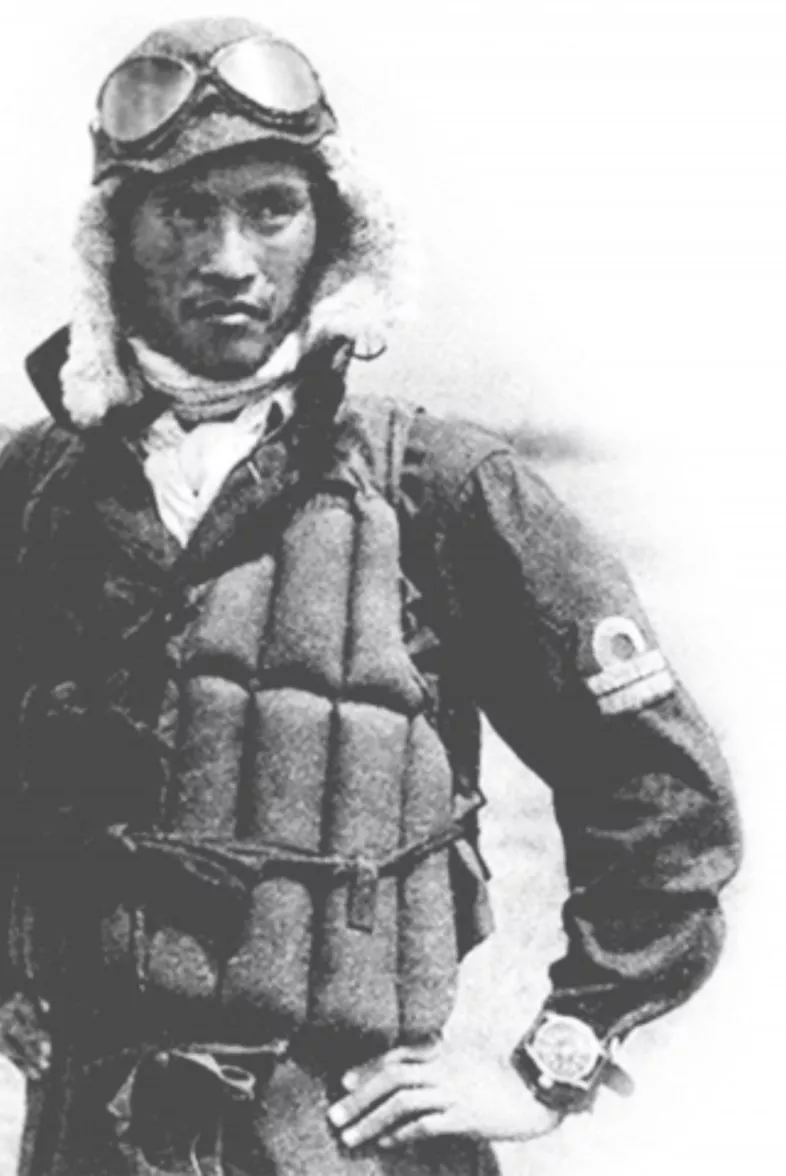
Army Pilots
Navy Pilots
Most likely later in the Pacific War as Swiss watches were not being imported, a watch like this was typical Navy issue.

Navy Junior Officer
We know that 10,000 Sekosha Tensoku is a likely number. Yukio Seki is the most famous pilot clearly wearing one.
Here is another Tensoku
Not sure what this is. Looks much bigger than the watch band. If the very bottom photo is a Longines, this should also be one. Note the uniform for the IJN pilot is different style than Yukio Seki, look at the left sleeve for both of the below photos.
Used from 1931 to 1942

Another more famous fighter with similar sleeve markings.
Hiroyoshi Nishizawa
Below is Interesting:
I am not certain, this photo could predate the Seikosha, it is from Sino-Japanese War period and this was a typical pose of the IJN pilots sitting in a folding chair. He is wearing a big pilot watch, it looks like a Weems.
The lugs for Weems are shorter and bigger than on Seikosha. Dial are also white on Longines. This photo it is not possible to determine the dial color in my opinion.
Insignia style looks like it is earlier than the later more international style for the navy see way below posts.
And Seki has the later insignias.

Edited:
Lépine
·Lépine
·Lépine
·More info if you have account with MWR.
https://www.mwrforum.net/forums/sho...uot-Chronograph-IJN&highlight=karafu+seikosha



https://www.mwrforum.net/forums/sho...uot-Chronograph-IJN&highlight=karafu+seikosha



Edited:
noelekal
··Home For Wayward WatchesSeiji, you're digging deep for us here and for that we are grateful.
Lépine
·Seiji, you're digging deep for us here and for that we are grateful.
I believe the below photos implies that it could have happened. The uniforms are the same type (Sino-Japanese War).
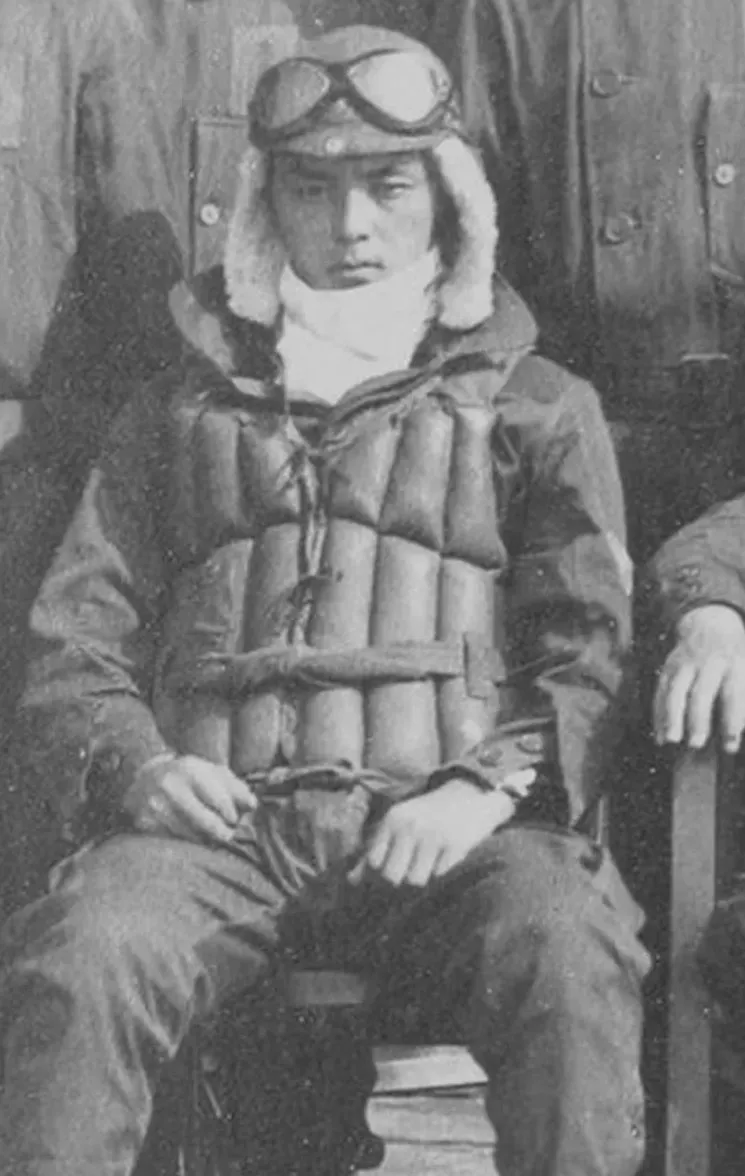
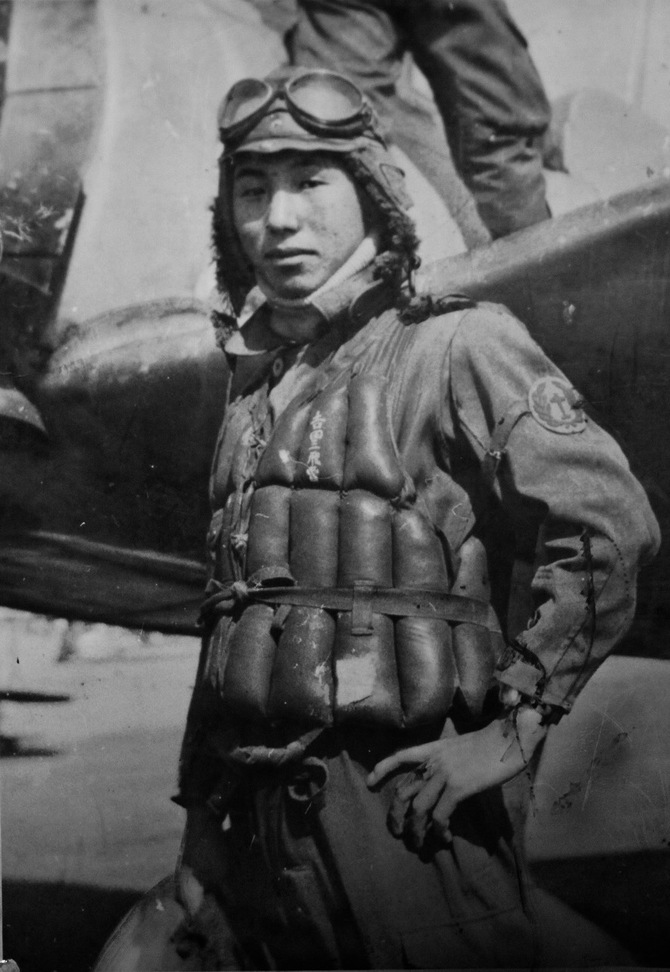
Lépine
·This is where it gets a little interesting.
Did "The Devil of Rabaul" Hiroyoshi Nishizawa have a Longines Imperial Japanese Navy Weems?

@Andy_timeman @Omegafanman @noelekal
Did "The Devil of Rabaul" Hiroyoshi Nishizawa have a Longines Imperial Japanese Navy Weems?

@Andy_timeman @Omegafanman @noelekal
Edited:
Lépine
·This dates the flying suit worn by The Devil of Rabaul to the Sino-Japanese war period.
And he didn't have facial hair until near 1942.
This is also cataloged the same way, but this is clearly a cost down summer suit.
It has less buttons and has the simpler sleeve and pants legs to make it quicker
to manufacture. I believe this to have come after 1942.
With the different ranking systems used and the combination of buttons or no buttons
summer suits, we can look at the pictures and tell roughly when the pilot's picture was taken.
Yukio Seki's summer suit no longer has the cuff buttons. You should still see
a top botton on the cuff if there were any even with the Seikosha covering up
the bottom button. It is not possible to cover up both buttons with one watch.

And he didn't have facial hair until near 1942.
This is also cataloged the same way, but this is clearly a cost down summer suit.
It has less buttons and has the simpler sleeve and pants legs to make it quicker
to manufacture. I believe this to have come after 1942.
With the different ranking systems used and the combination of buttons or no buttons
summer suits, we can look at the pictures and tell roughly when the pilot's picture was taken.
Yukio Seki's summer suit no longer has the cuff buttons. You should still see
a top botton on the cuff if there were any even with the Seikosha covering up
the bottom button. It is not possible to cover up both buttons with one watch.

Edited:
Lépine
·Still not proven with a poor image of Nishizawa's 西沢広義 watch, but perhaps the Longines IJN Weems were initially intended for Sino-Japanese War.
The Tainan Air Group (台南海軍航空隊, Tainan Kaigun Kōkūtai) was a fighter aircraft and airbase garrison unit of the Imperial Japanese Navy (IJN) during the Pacific campaign of World War II. The flying portion of the unit was heavily involved in many of the major campaigns and battles of the first year of the war. The exploits of the unit were widely publicized in the Japanese media at the time, at least in part because the unit spawned more aces than any other fighter unit in the IJN.[1] Several of the unit's aces were among the IJN's top scorers, and included Hiroyoshi Nishizawa, Saburō Sakai, Junichi Sasai, Watari Handa, Masaaki Shimakawa, and Toshio Ōta.
The unit was formed at Tainan, Taiwan (then part of the Empire of Japan) on October 1, 1941 as part of the 23rd Air Flotilla. The unit's first commander was Captain Hiroshi Higuchi, who was relieved by Commander Masahisa Saito on 4 October 1941. Most of the unit's original pilots were veterans of aerial combat in the Second Sino-Japanese War. Just before the outbreak of war with the Allied powers, the unit consisted of 45 A6M Zero and 12 Type 96 fighter aircraft.
The Tainan Air Group (台南海軍航空隊, Tainan Kaigun Kōkūtai) was a fighter aircraft and airbase garrison unit of the Imperial Japanese Navy (IJN) during the Pacific campaign of World War II. The flying portion of the unit was heavily involved in many of the major campaigns and battles of the first year of the war. The exploits of the unit were widely publicized in the Japanese media at the time, at least in part because the unit spawned more aces than any other fighter unit in the IJN.[1] Several of the unit's aces were among the IJN's top scorers, and included Hiroyoshi Nishizawa, Saburō Sakai, Junichi Sasai, Watari Handa, Masaaki Shimakawa, and Toshio Ōta.
The unit was formed at Tainan, Taiwan (then part of the Empire of Japan) on October 1, 1941 as part of the 23rd Air Flotilla. The unit's first commander was Captain Hiroshi Higuchi, who was relieved by Commander Masahisa Saito on 4 October 1941. Most of the unit's original pilots were veterans of aerial combat in the Second Sino-Japanese War. Just before the outbreak of war with the Allied powers, the unit consisted of 45 A6M Zero and 12 Type 96 fighter aircraft.
Edited:
Omegafanman
·This is where it gets a little interesting.
Did "The Devil of Rabaul" Hiroyoshi Nishizawa have a Longines Imperial Japanese Navy Weems?

@Andy_timeman @Omegafanman @noelekal[/QUOTE’
He certainly looks to be an interesting character. Also from an accounts a thin and sickly looking youth who looked young for his age. Someone who would not be noticed much on the ground perhaps and yet….’Nishizawa was possibly the best fighter of World War II with 87 confirmed aerial victories. His daredevil style was highlighted by him performing aerobatics over Allied ships and flying away as an invite for “the rest of the party.” During combat, he was known for pulling high Gs and maneuvering in random patters as to confuse his enemies’.
He was obviously a very technical pilot and navigation would have been important over the ocean and with roving dogfighting. I see he was shot down and killed as a passenger in a lumbering transport aircraft so in a way he remained undefeated in the air.
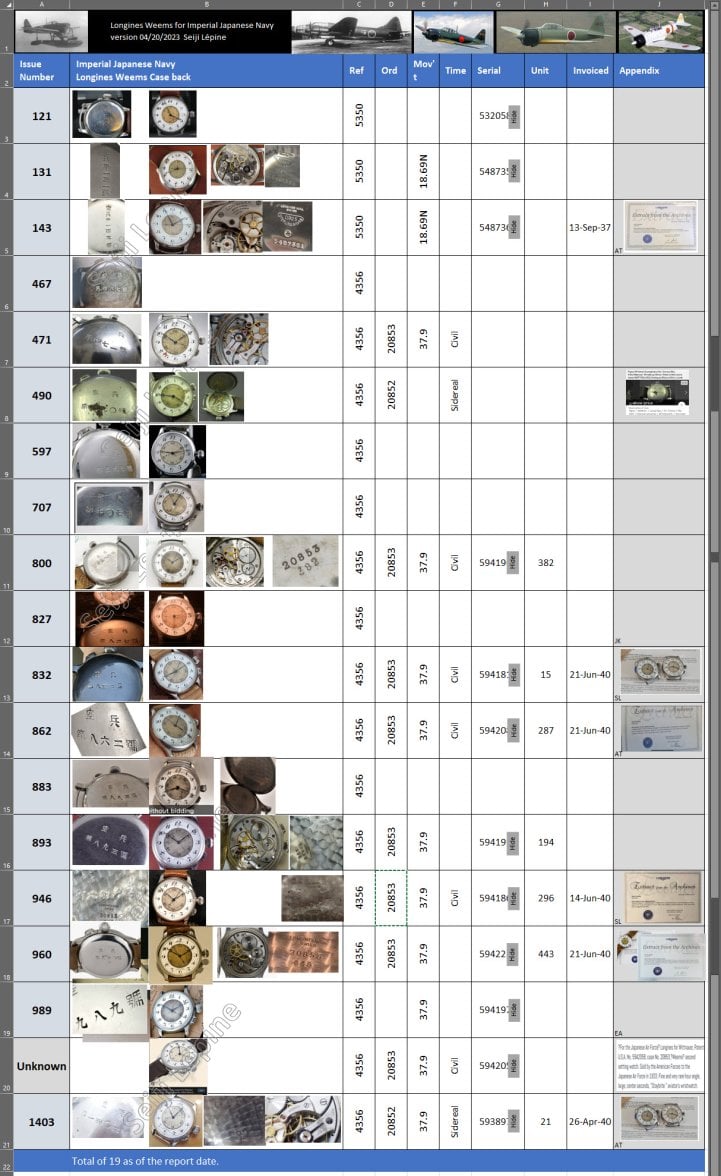
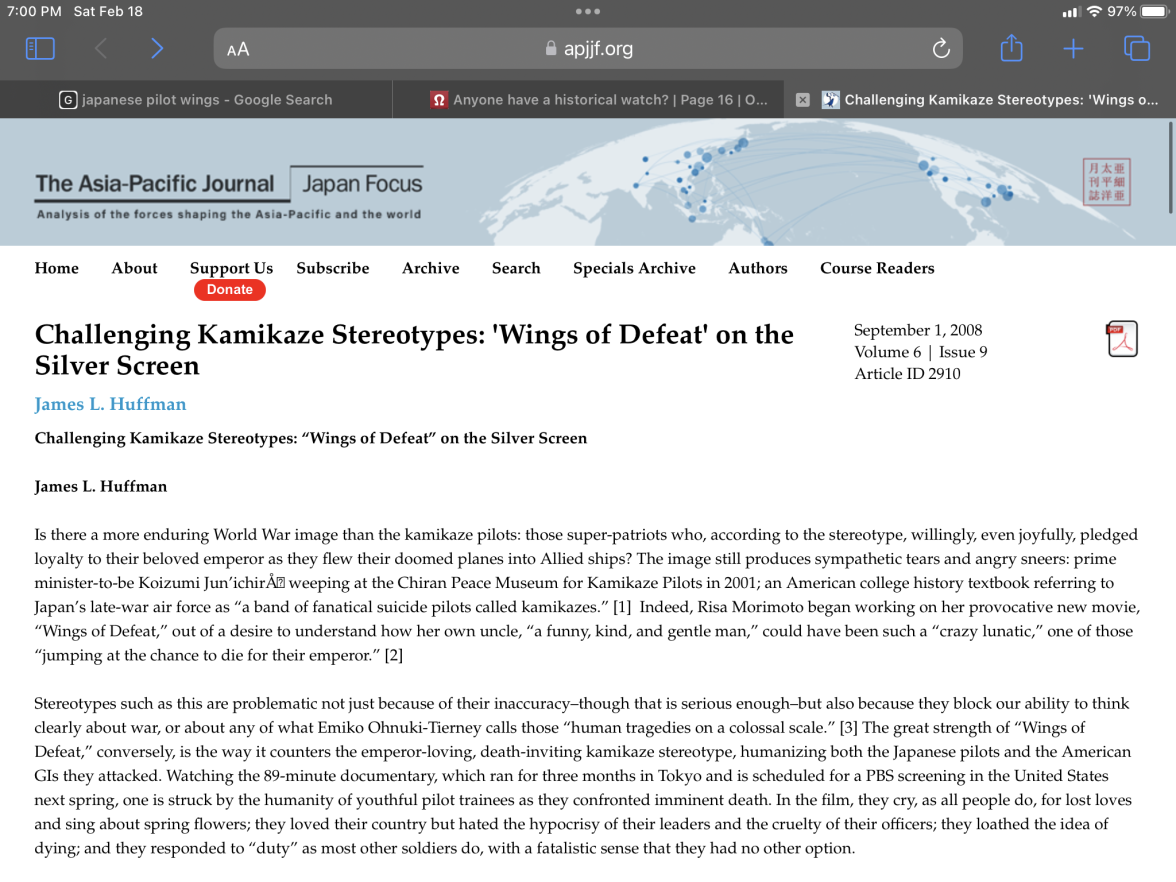
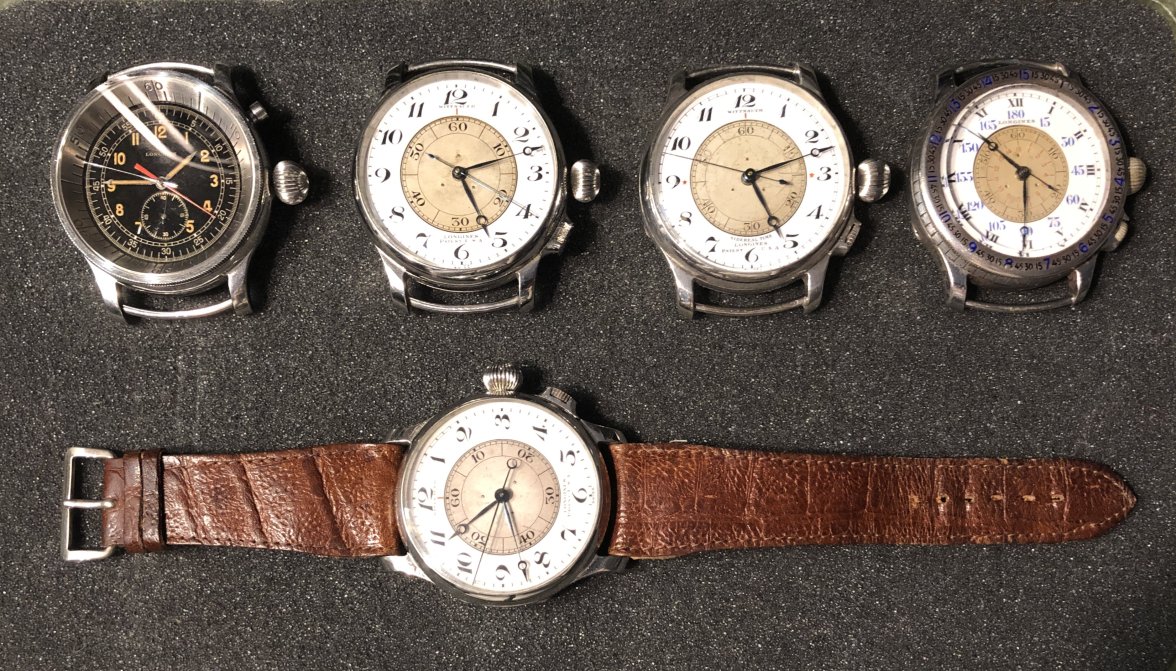
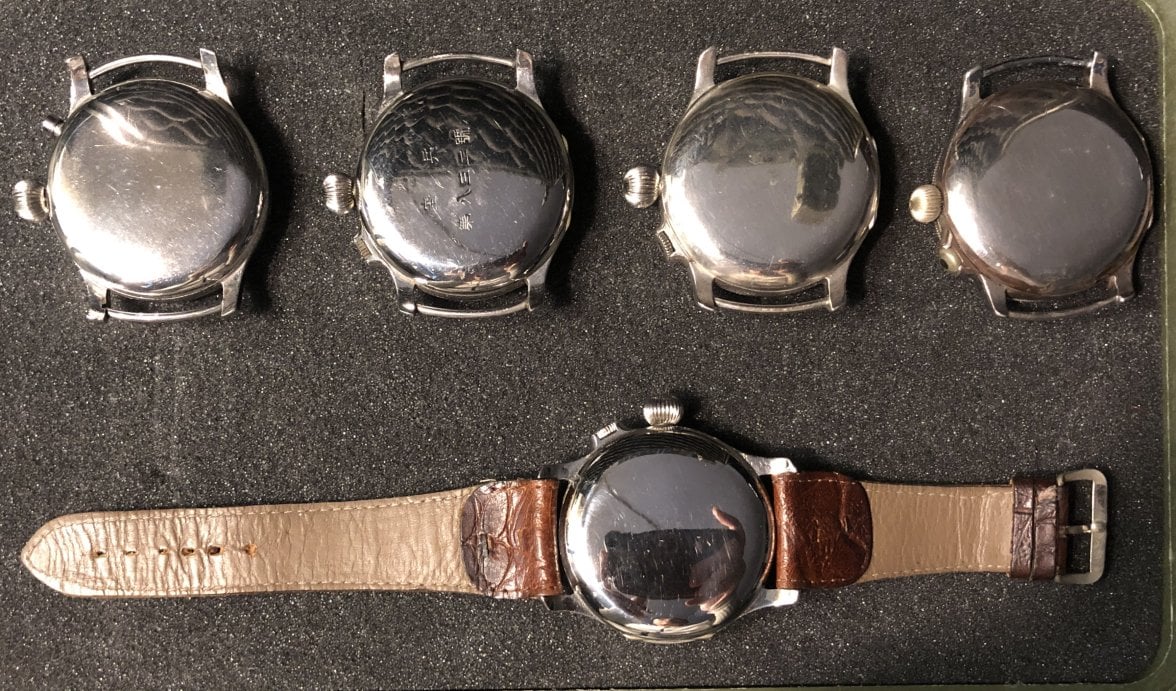
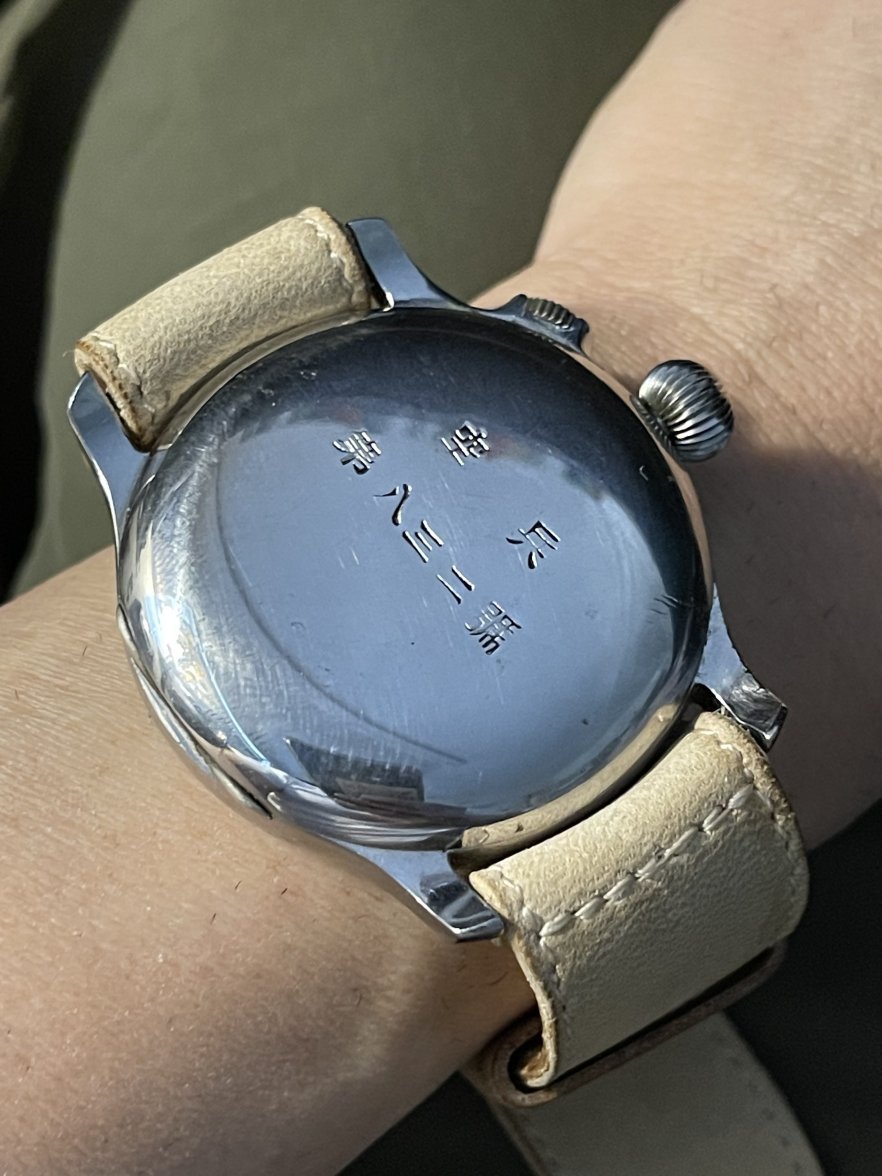
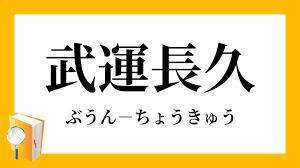



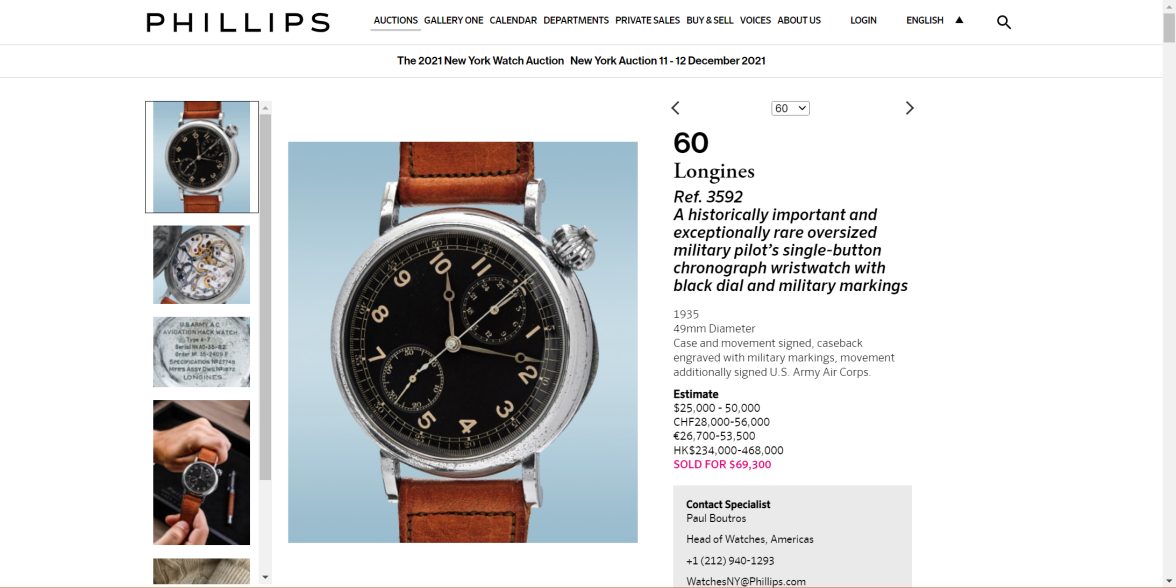
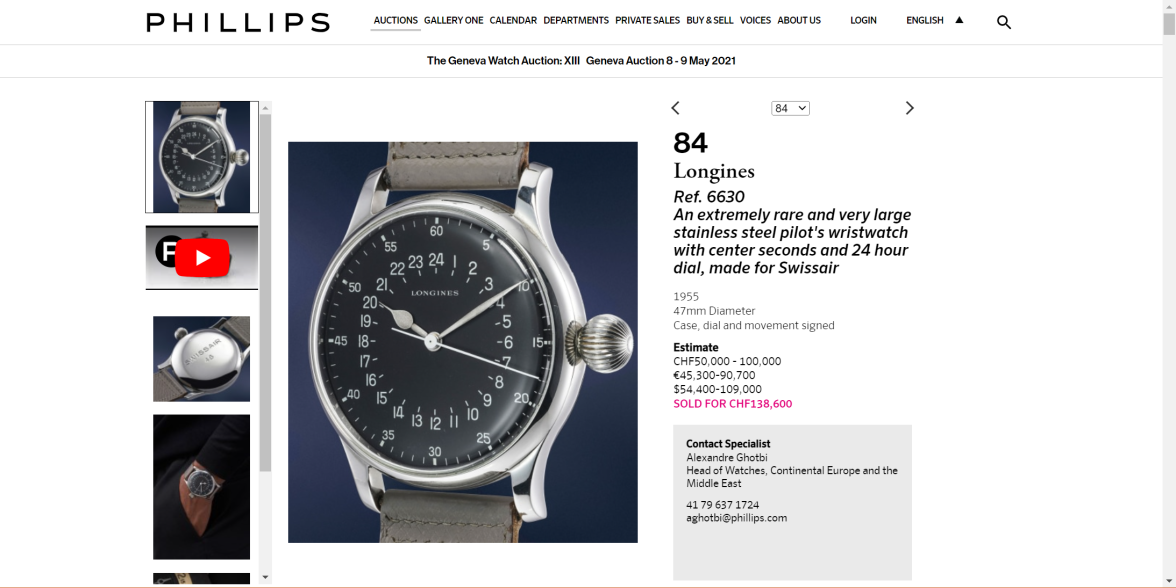
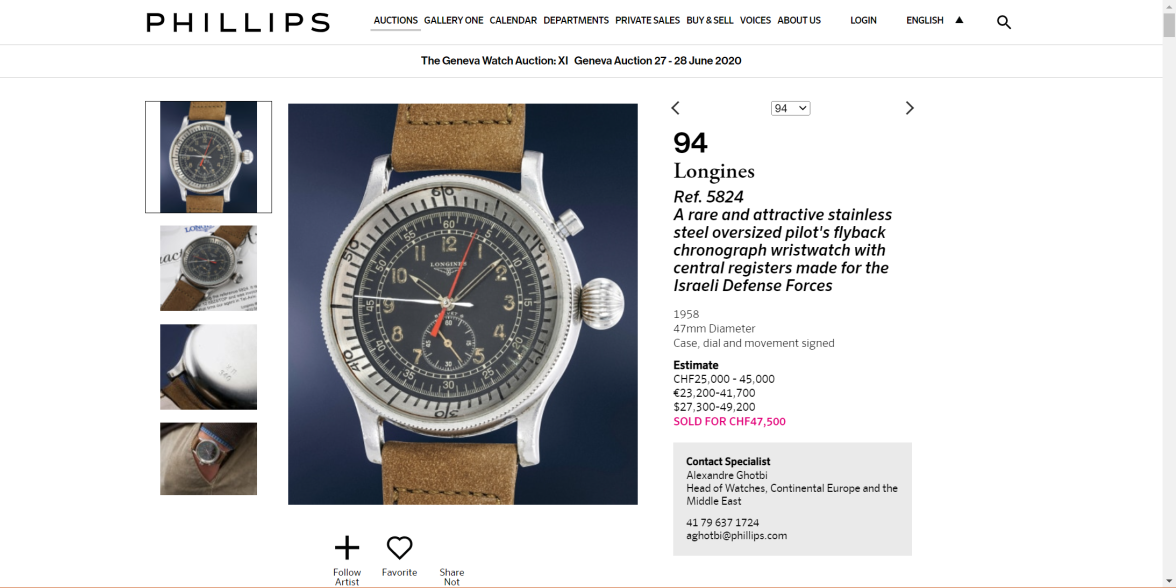
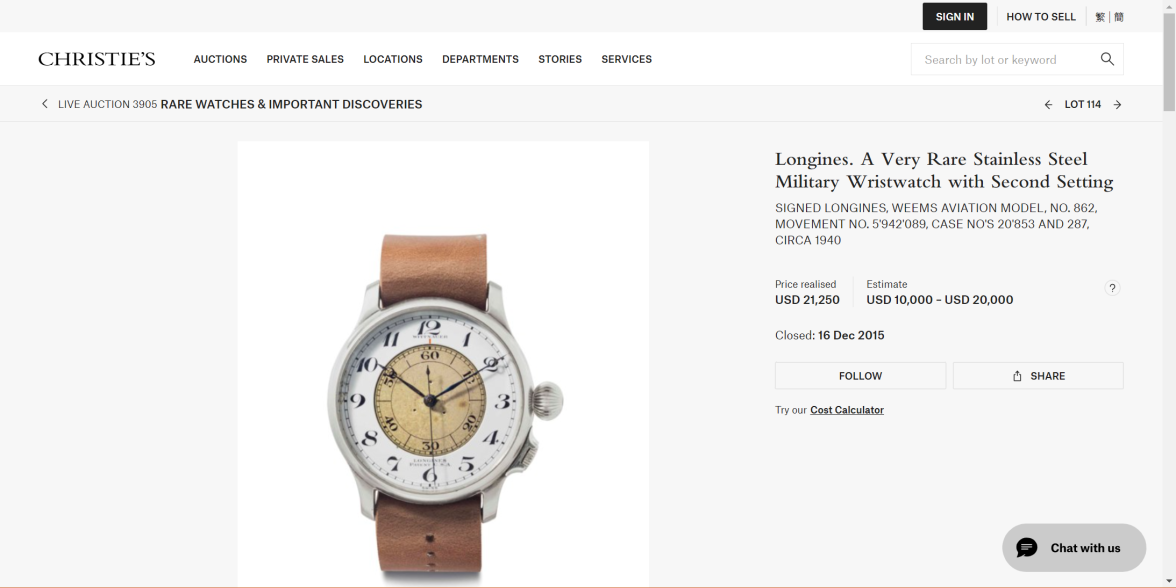
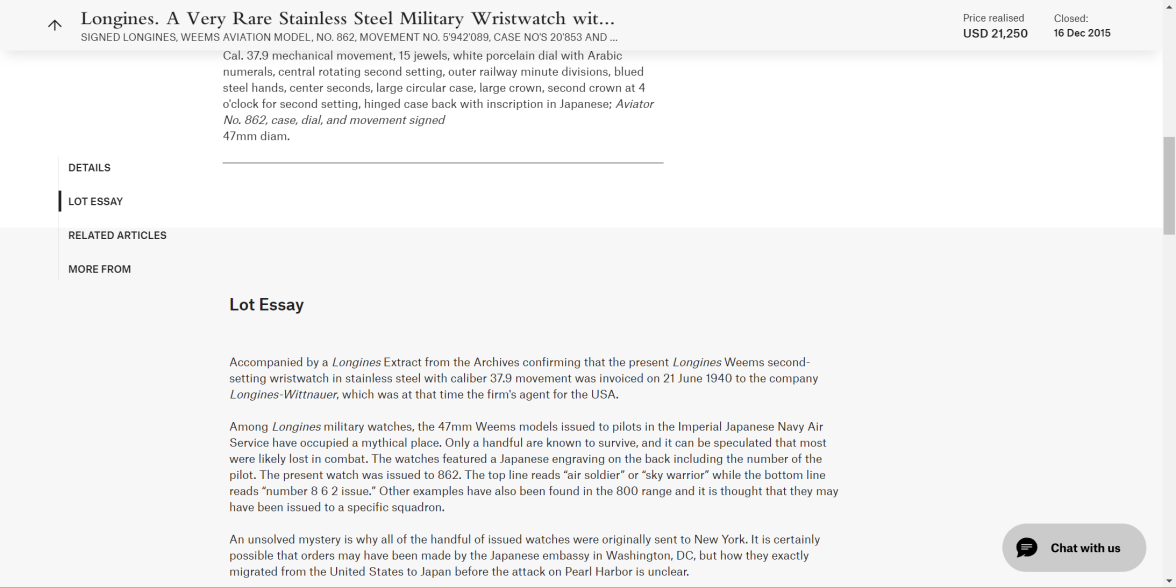
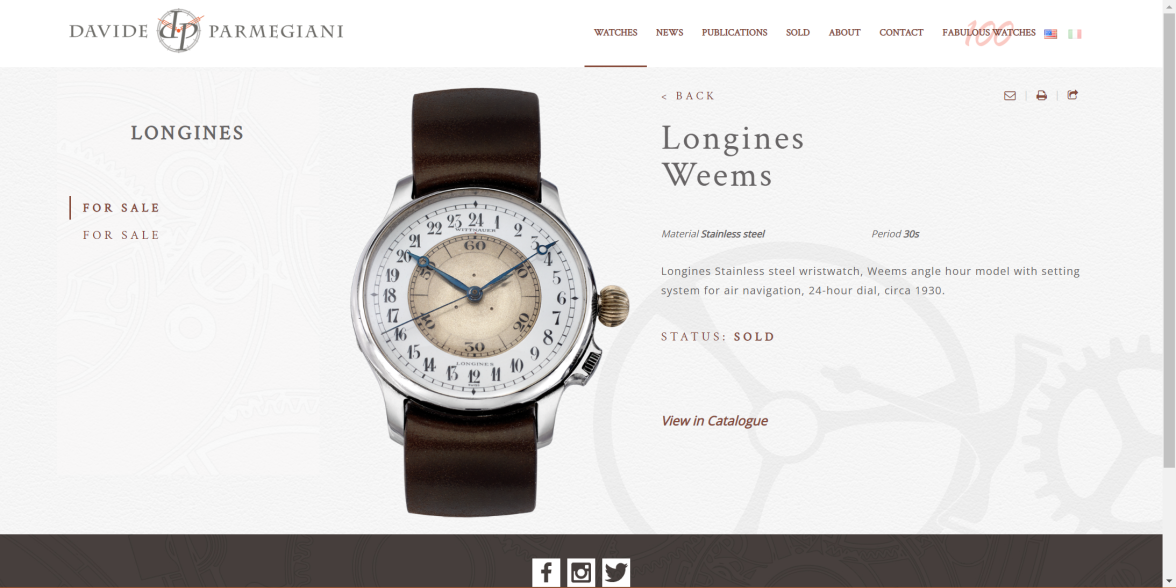
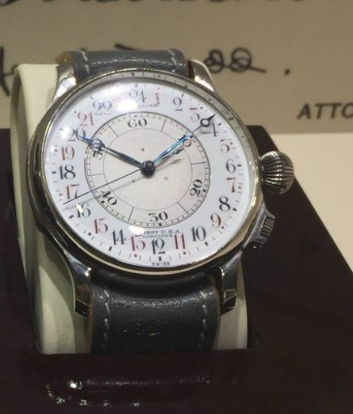
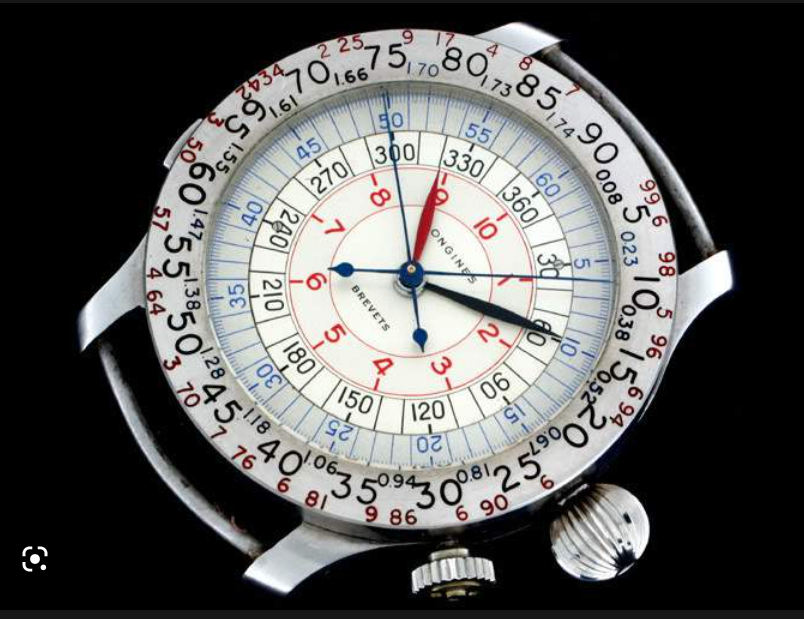
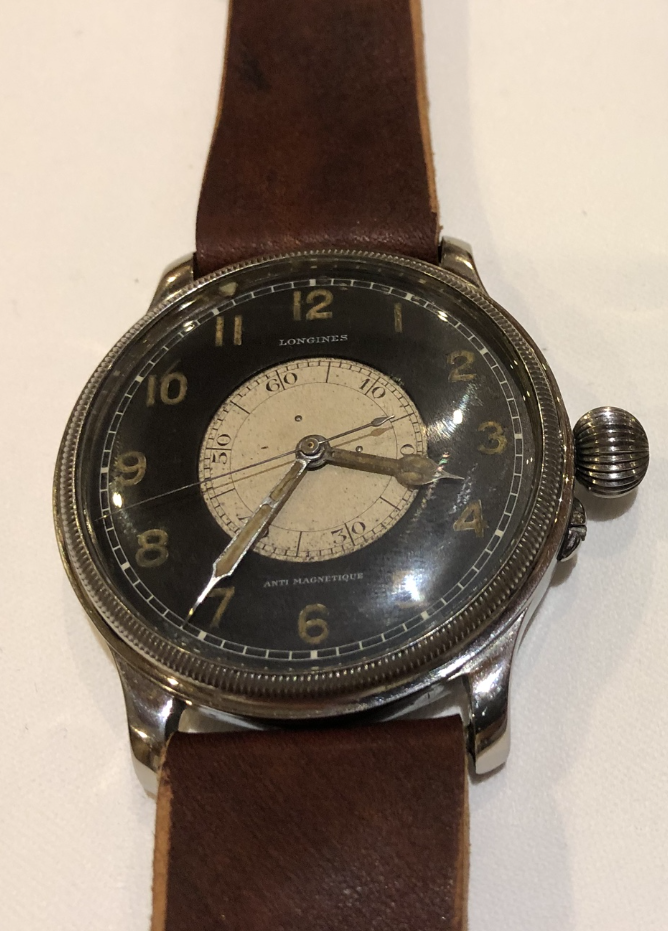
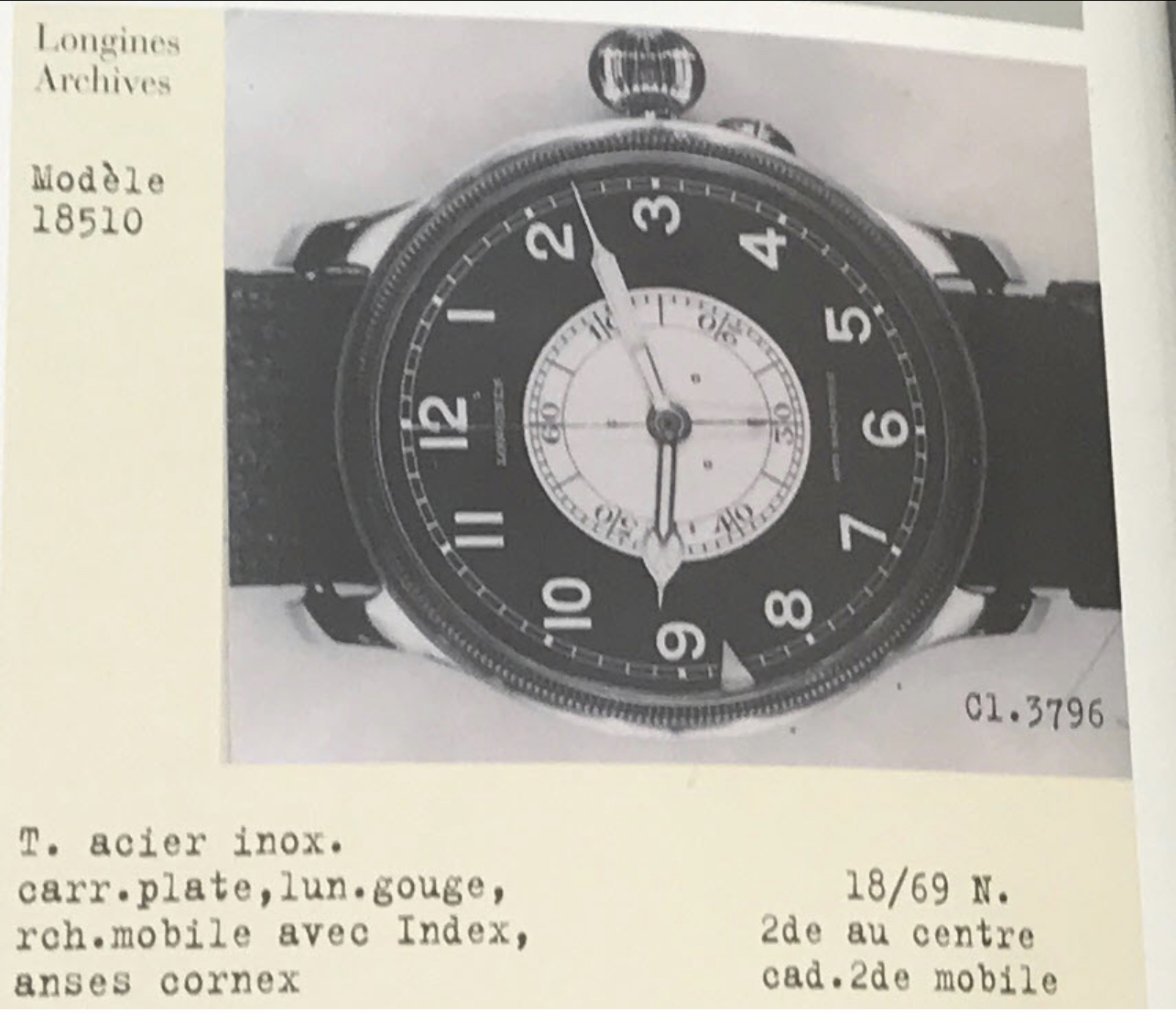
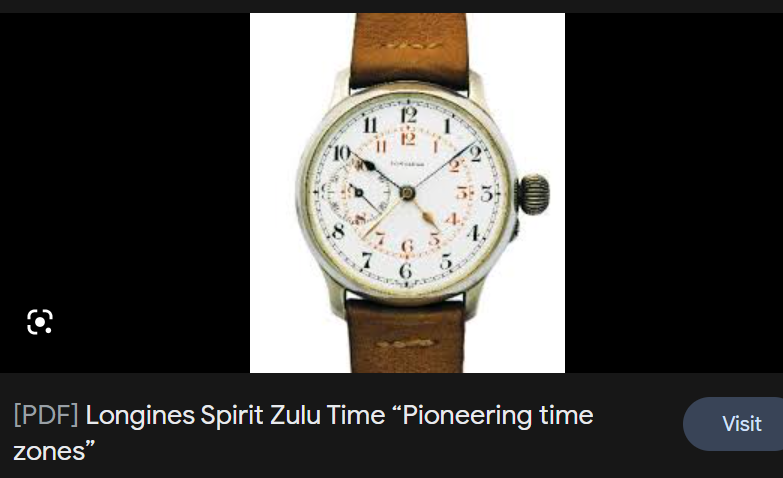
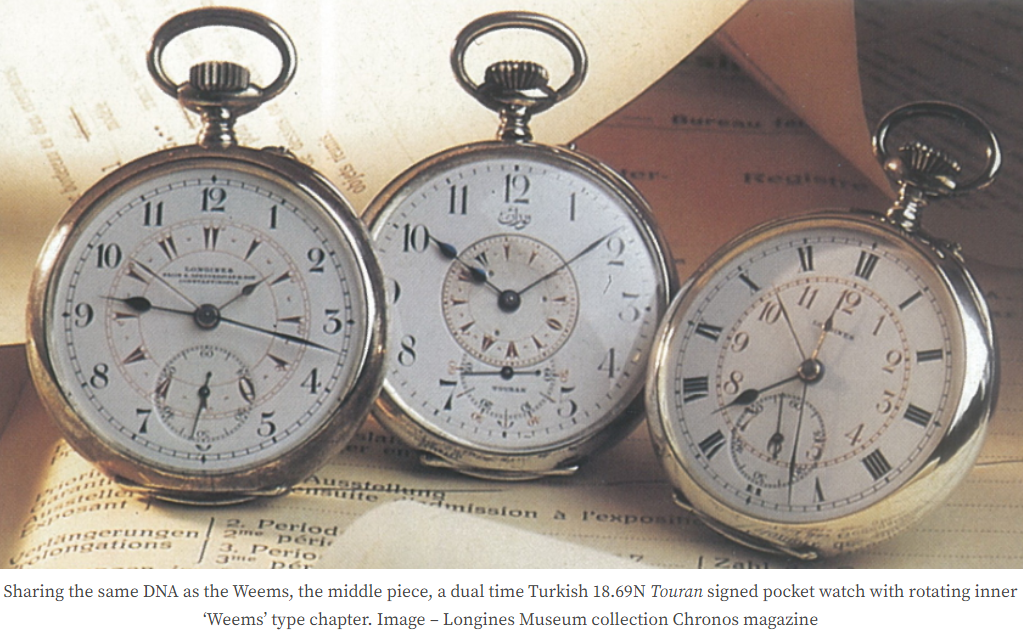
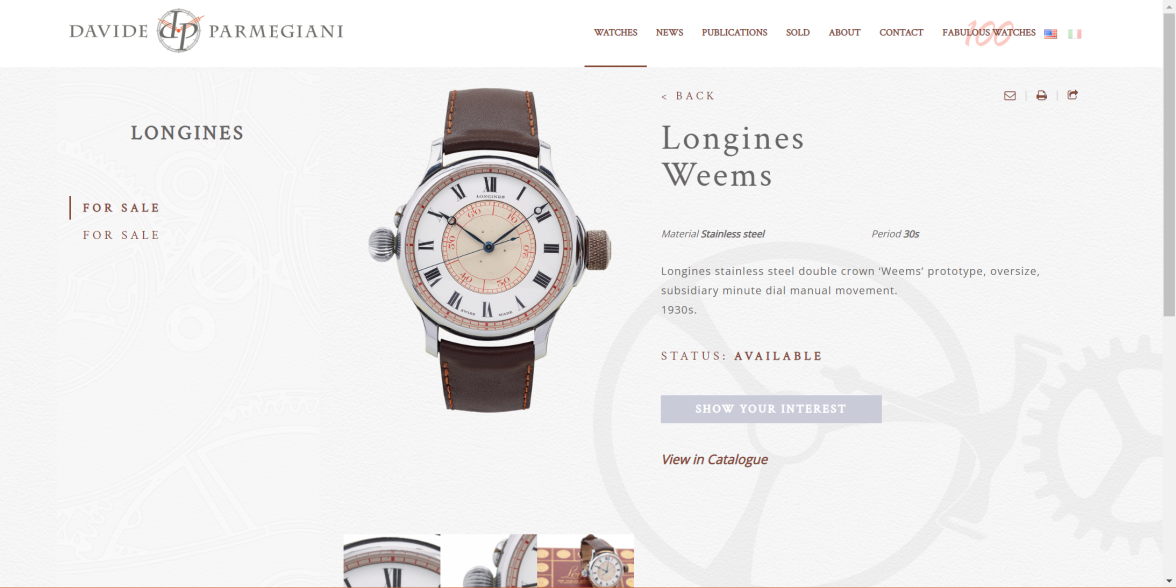
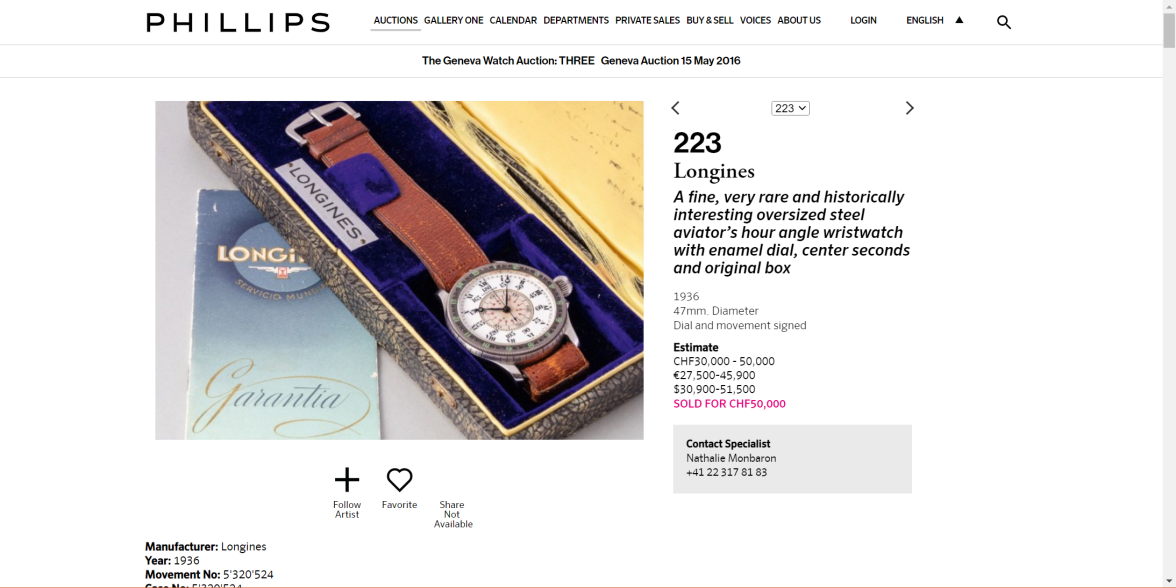
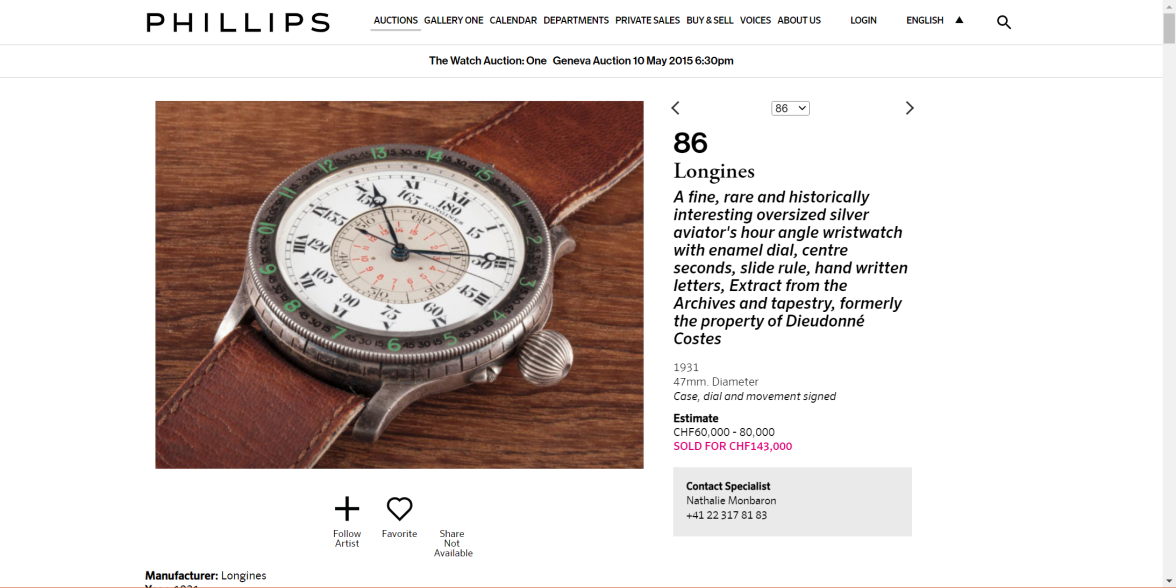
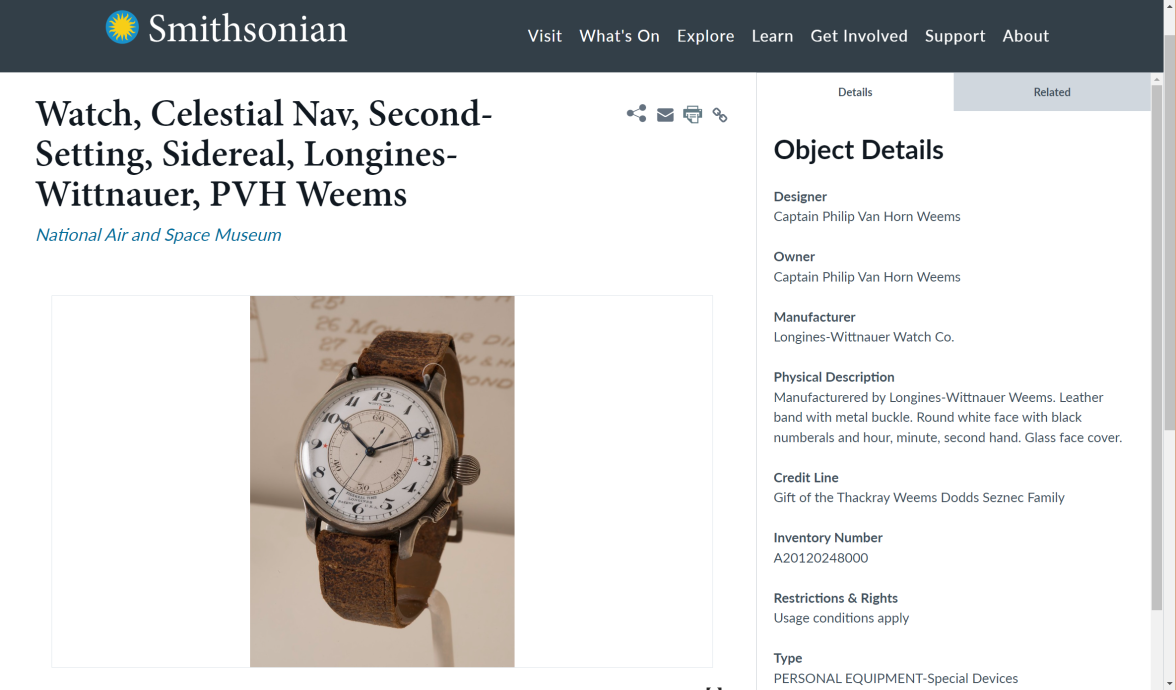
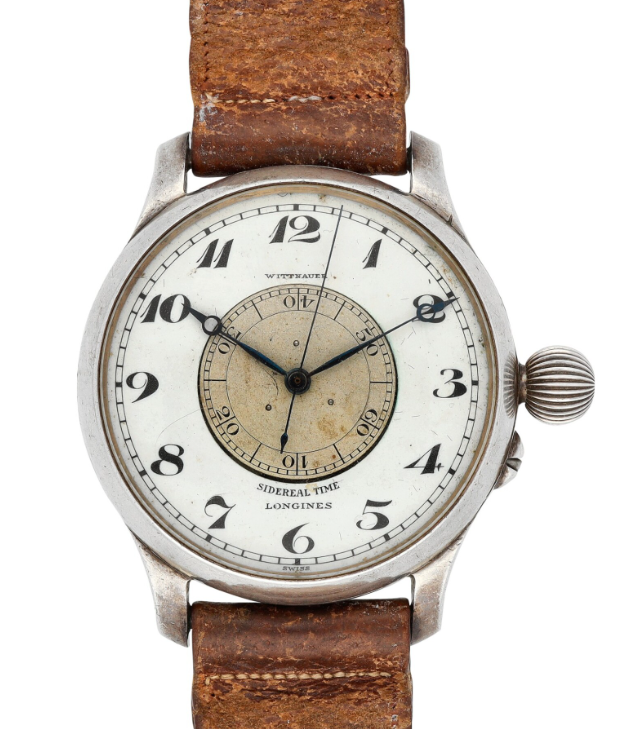
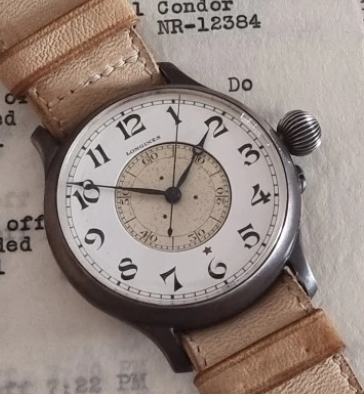


















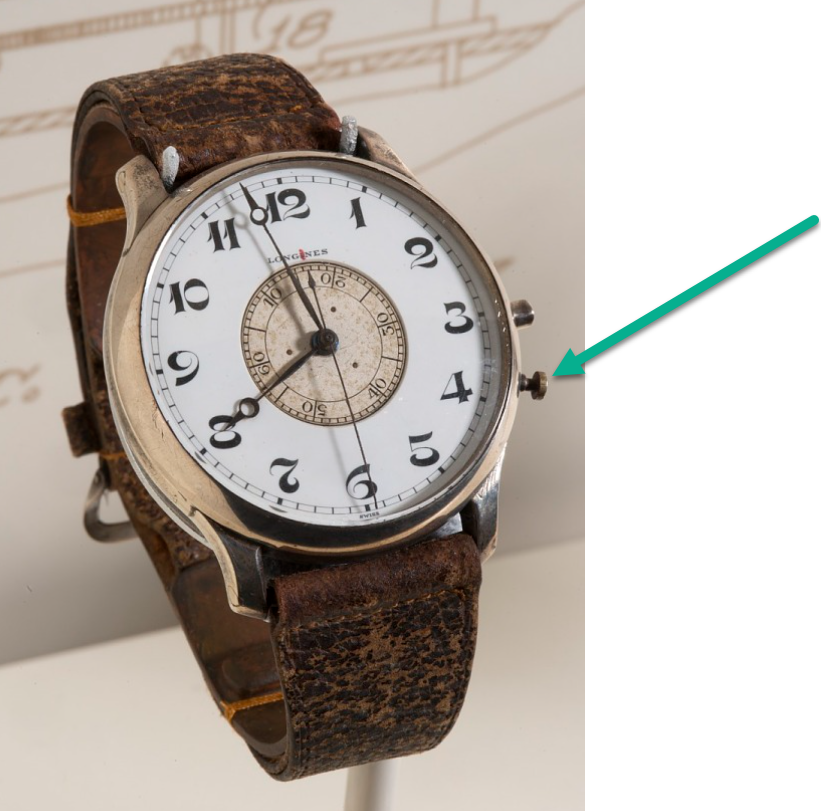
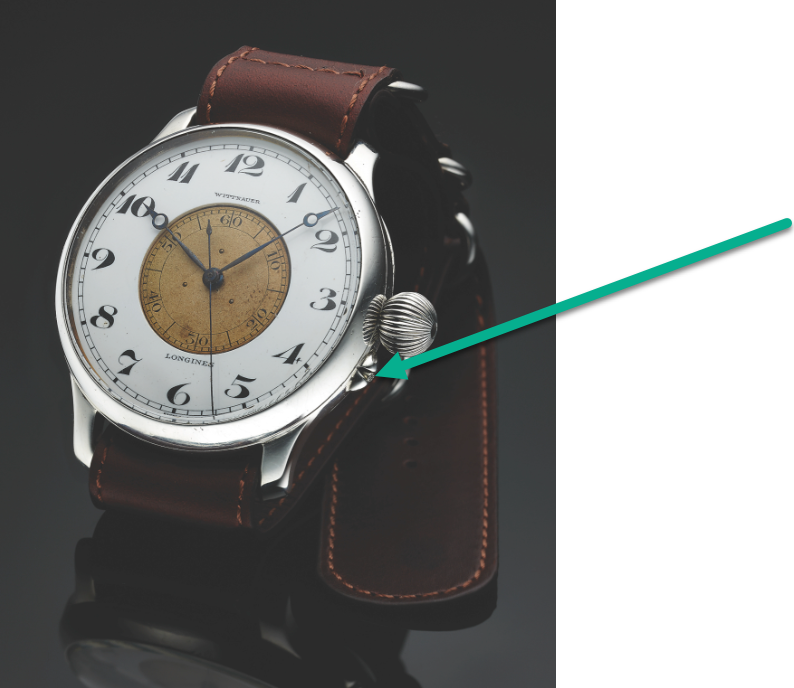
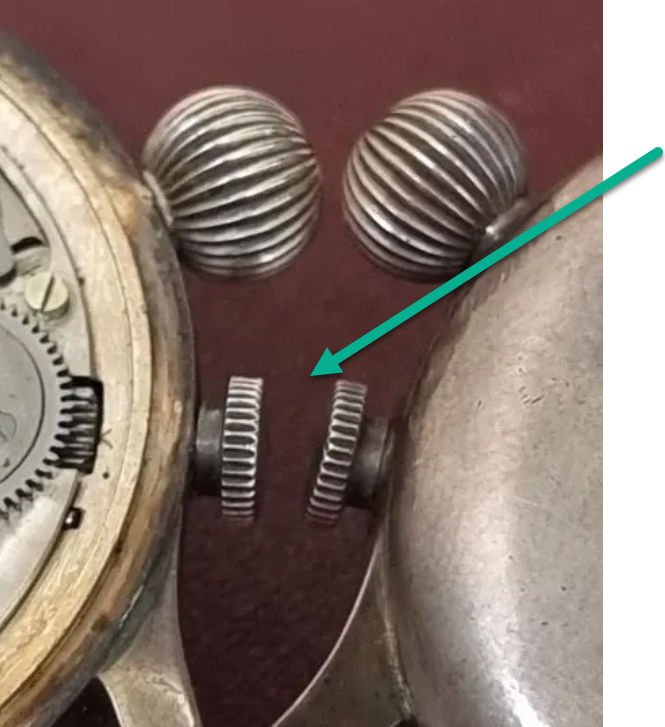
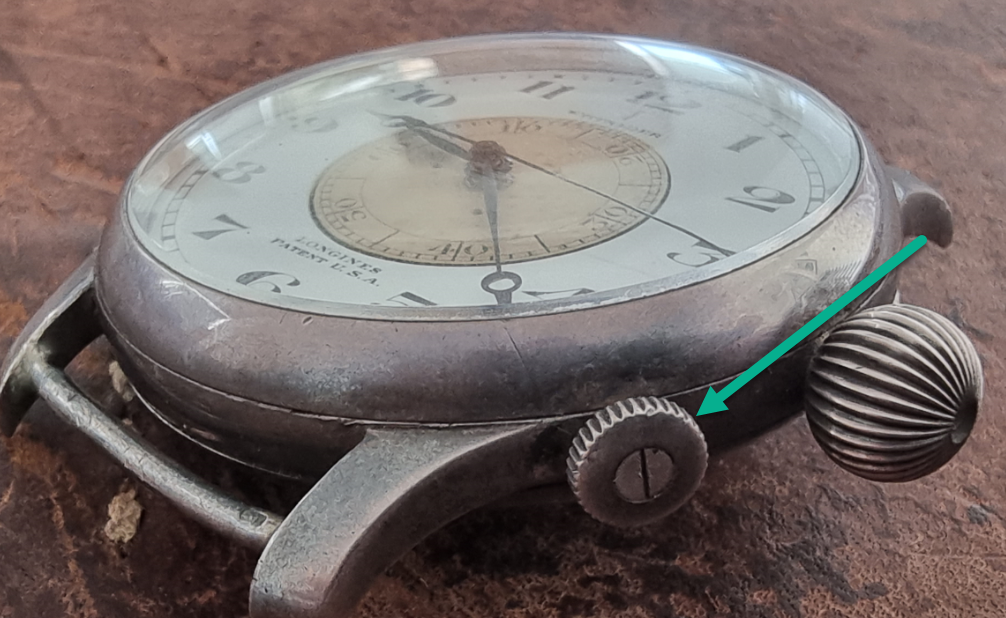
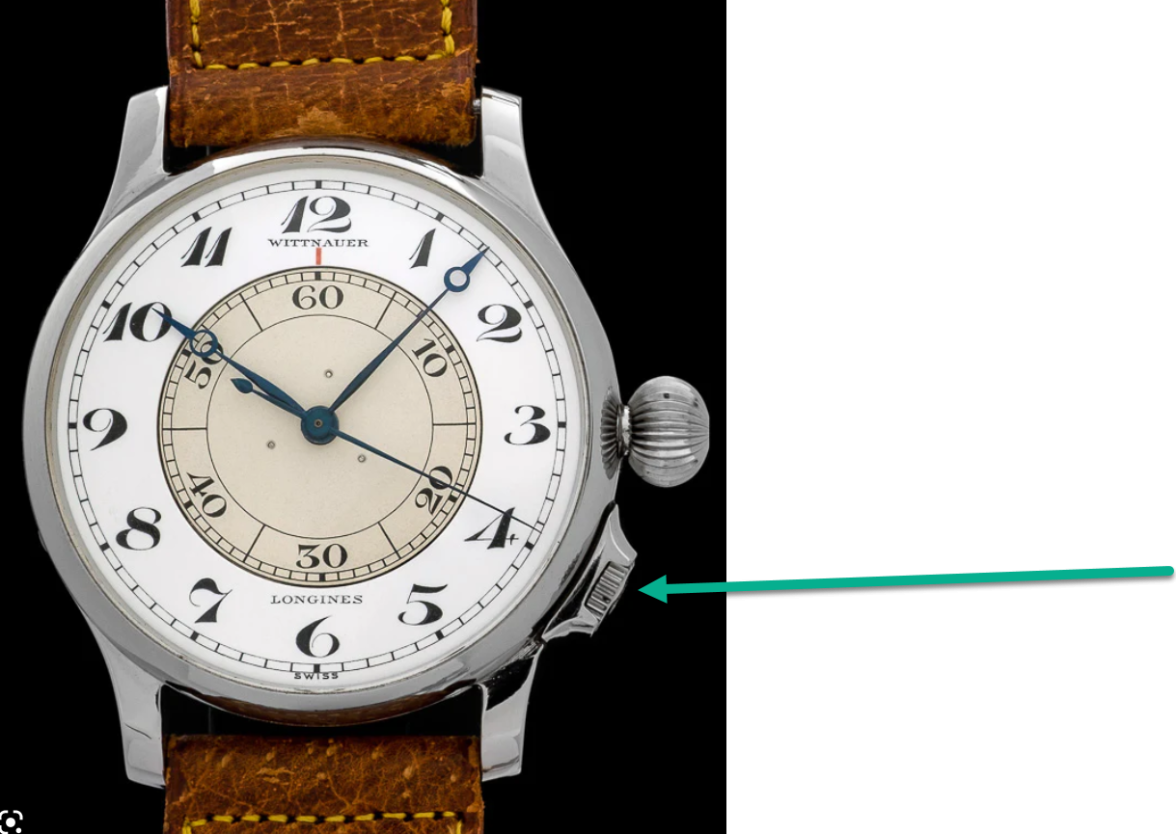
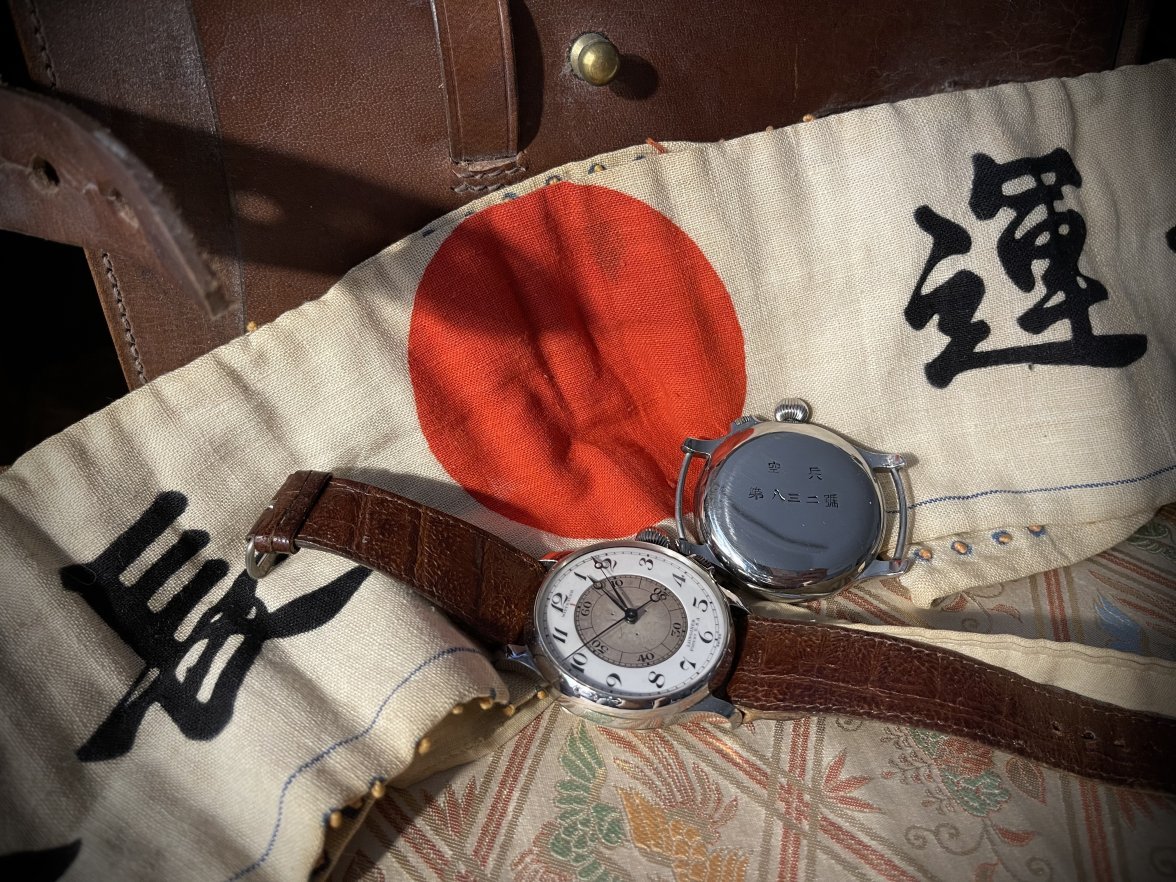
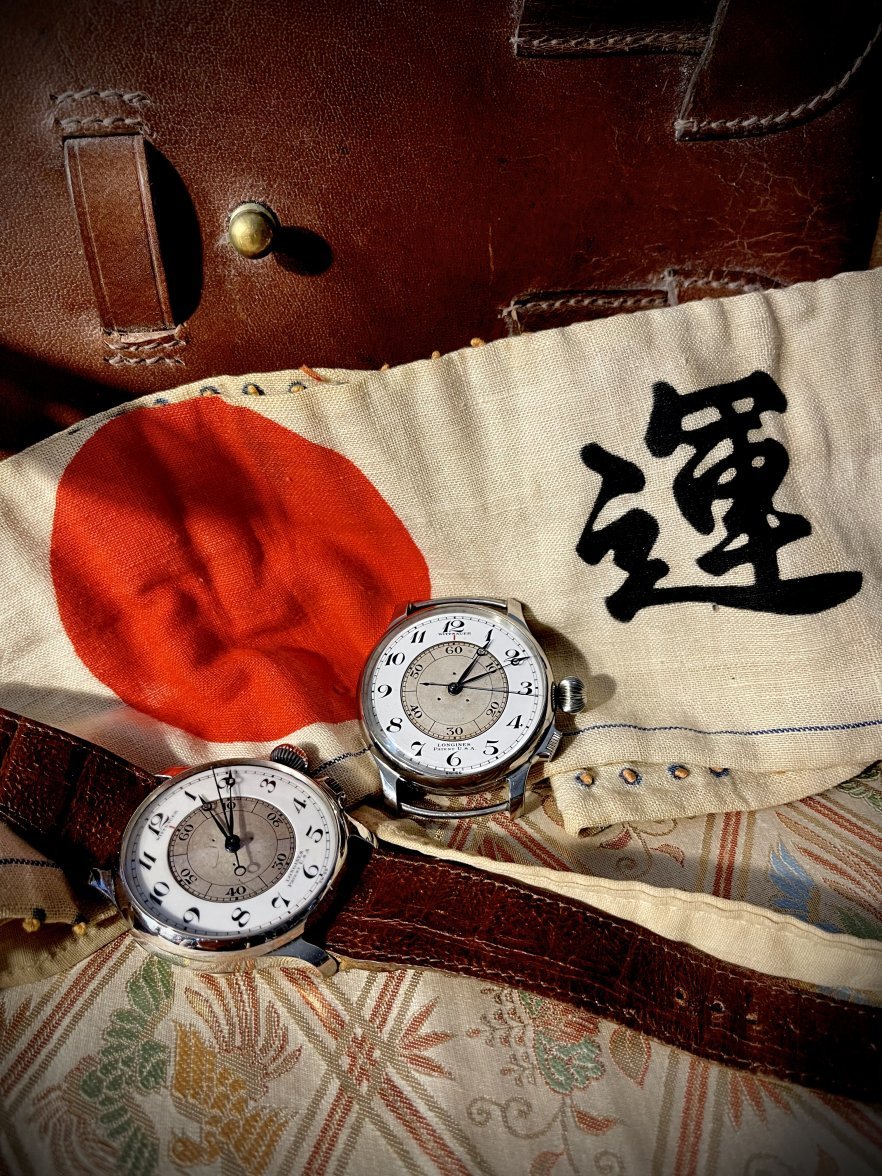
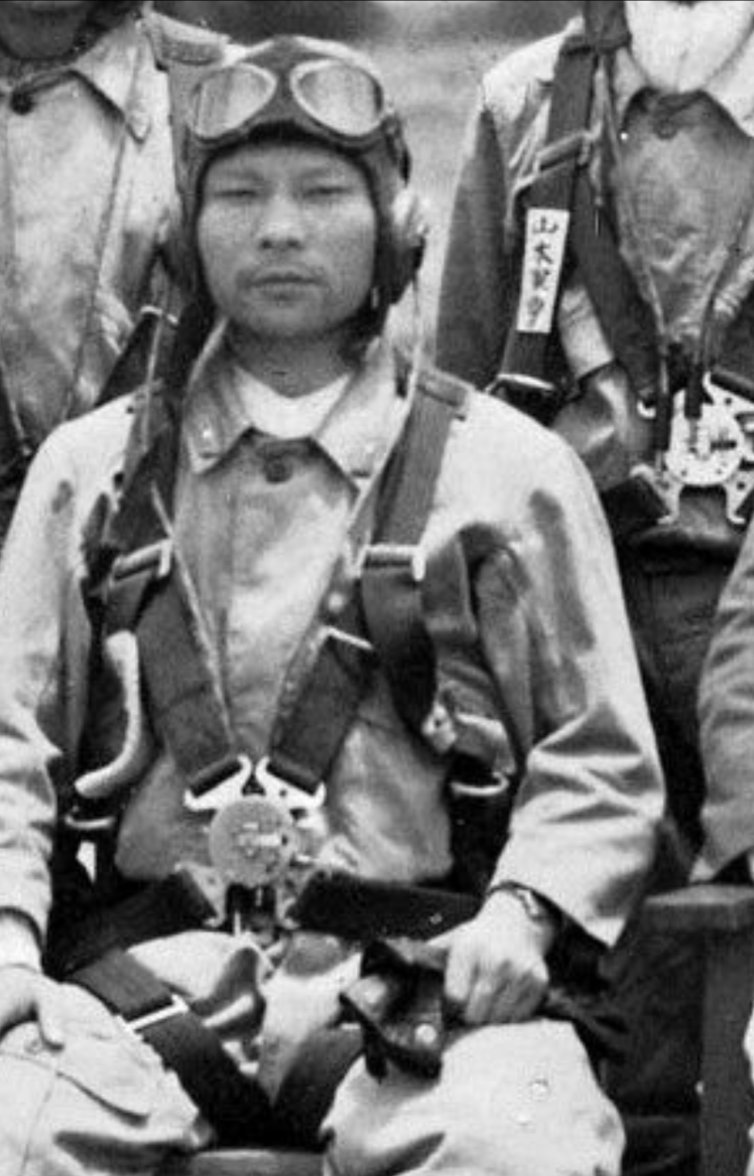
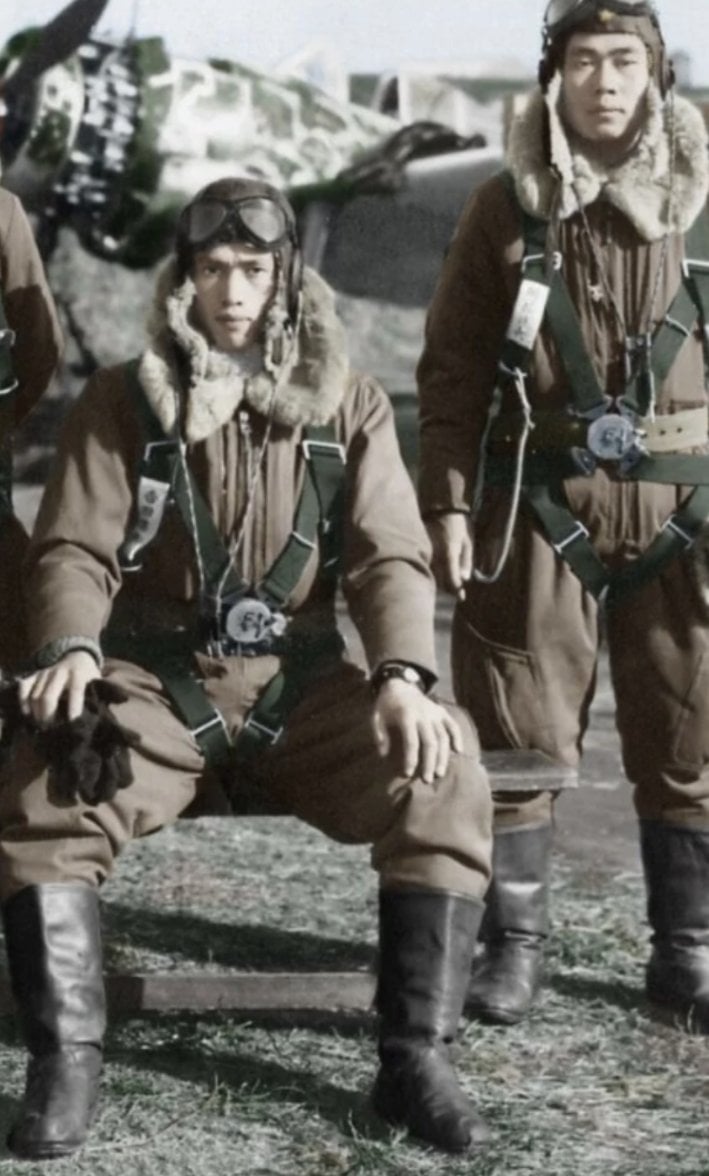
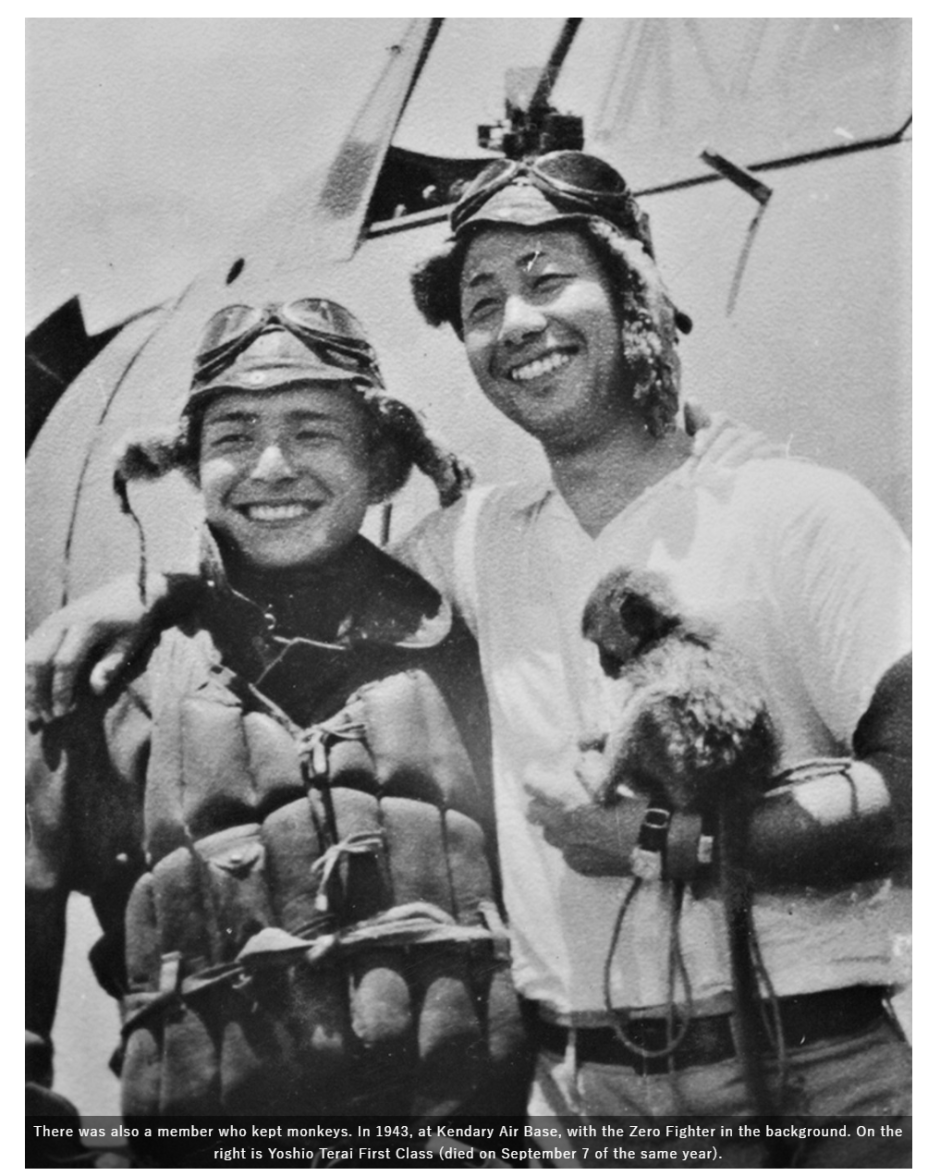
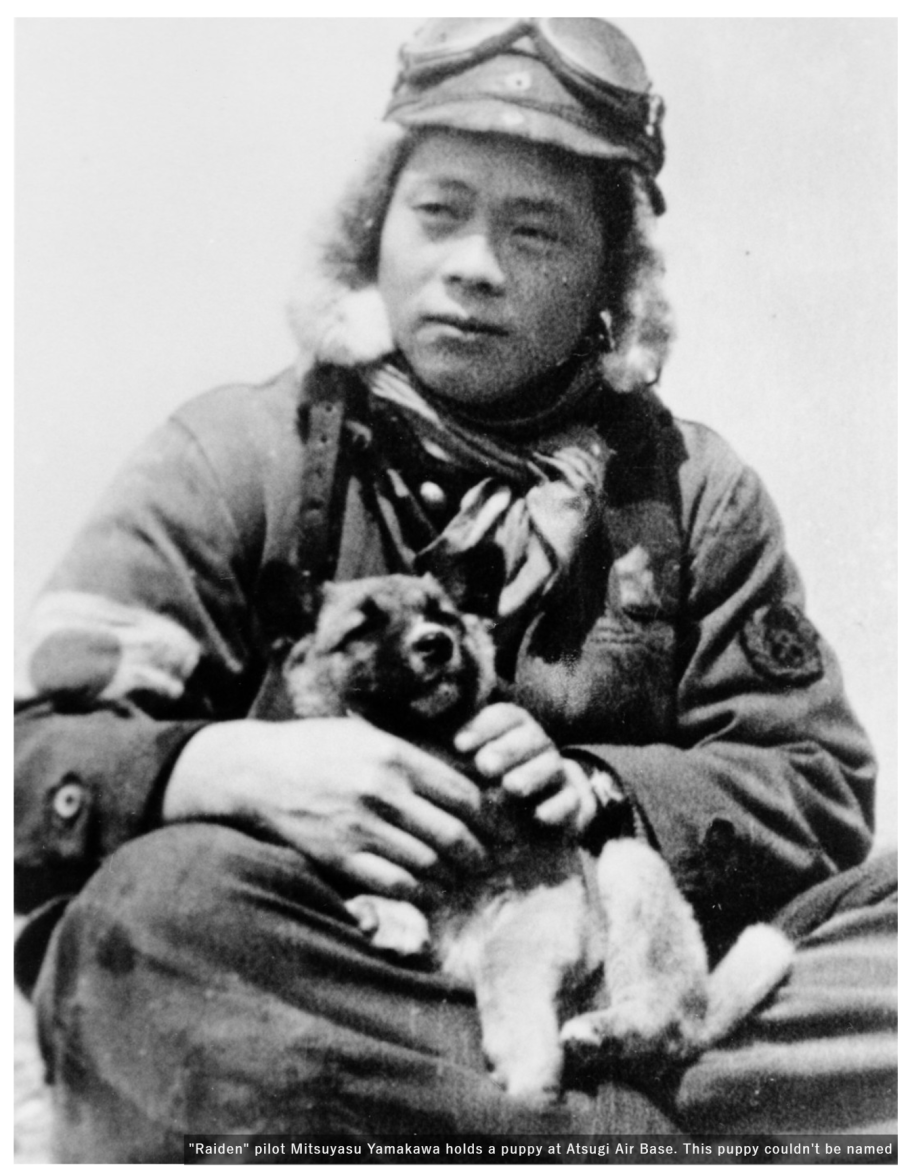
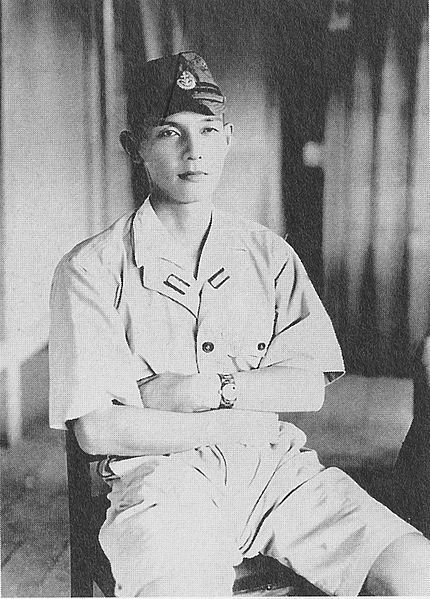
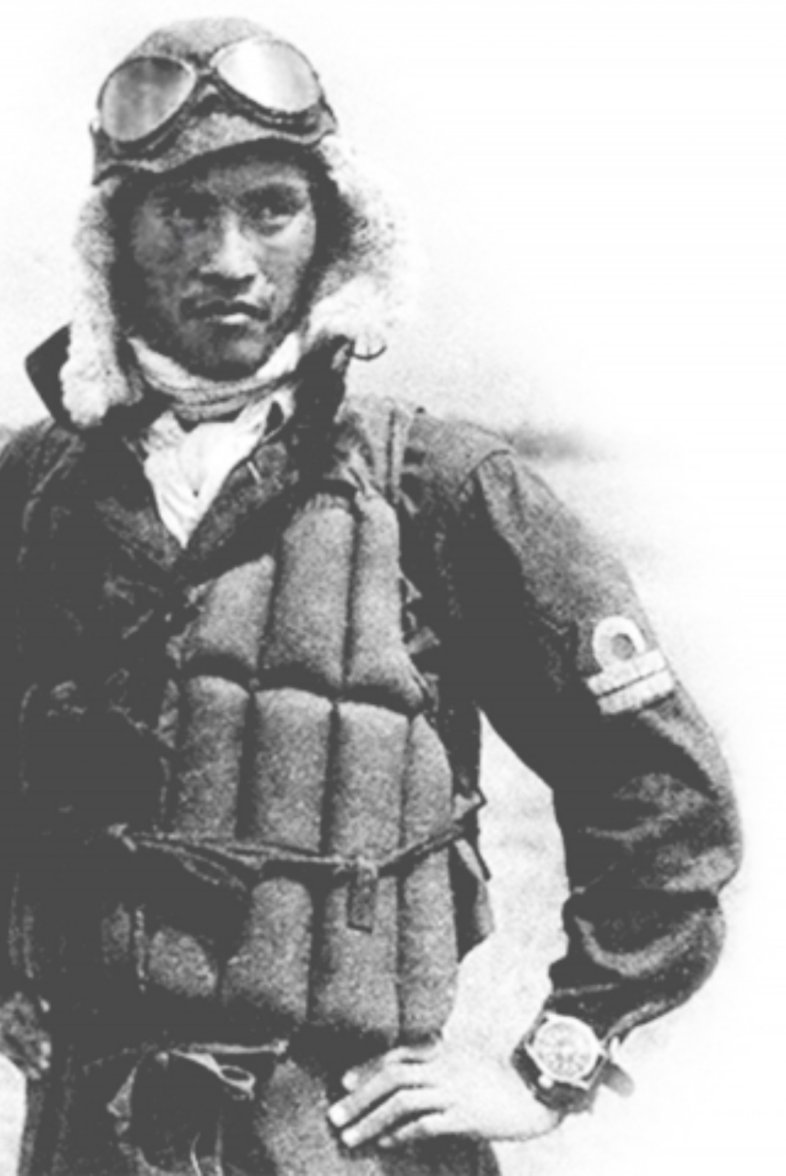
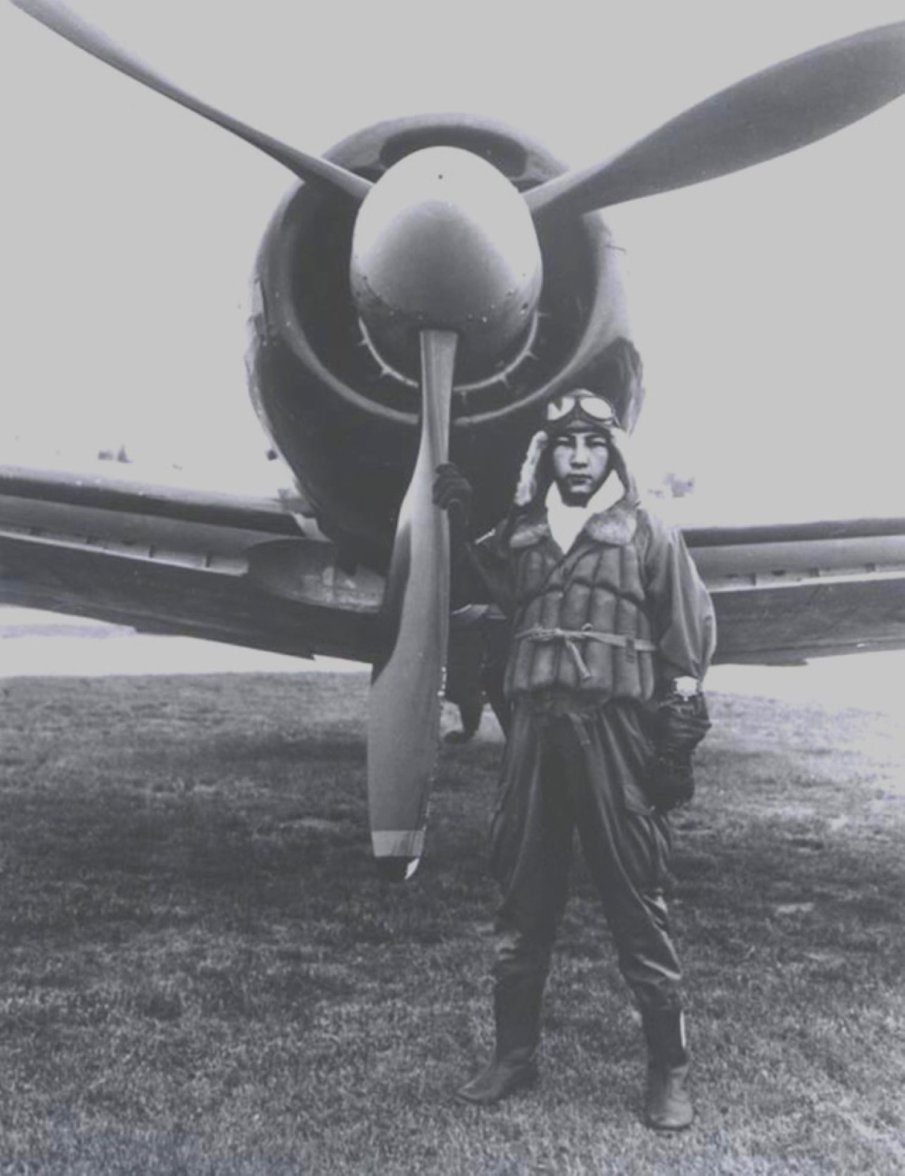
![img_45260c2ab97715614aee7e55af0b59ec254655[1].jpg img_45260c2ab97715614aee7e55af0b59ec254655[1].jpg](https://omegaforums.net/data/attachments/1566/1566783-0211e4cec7101c1b1478e7dd3e3b6123.jpg?hash=AhHkzscQHB)
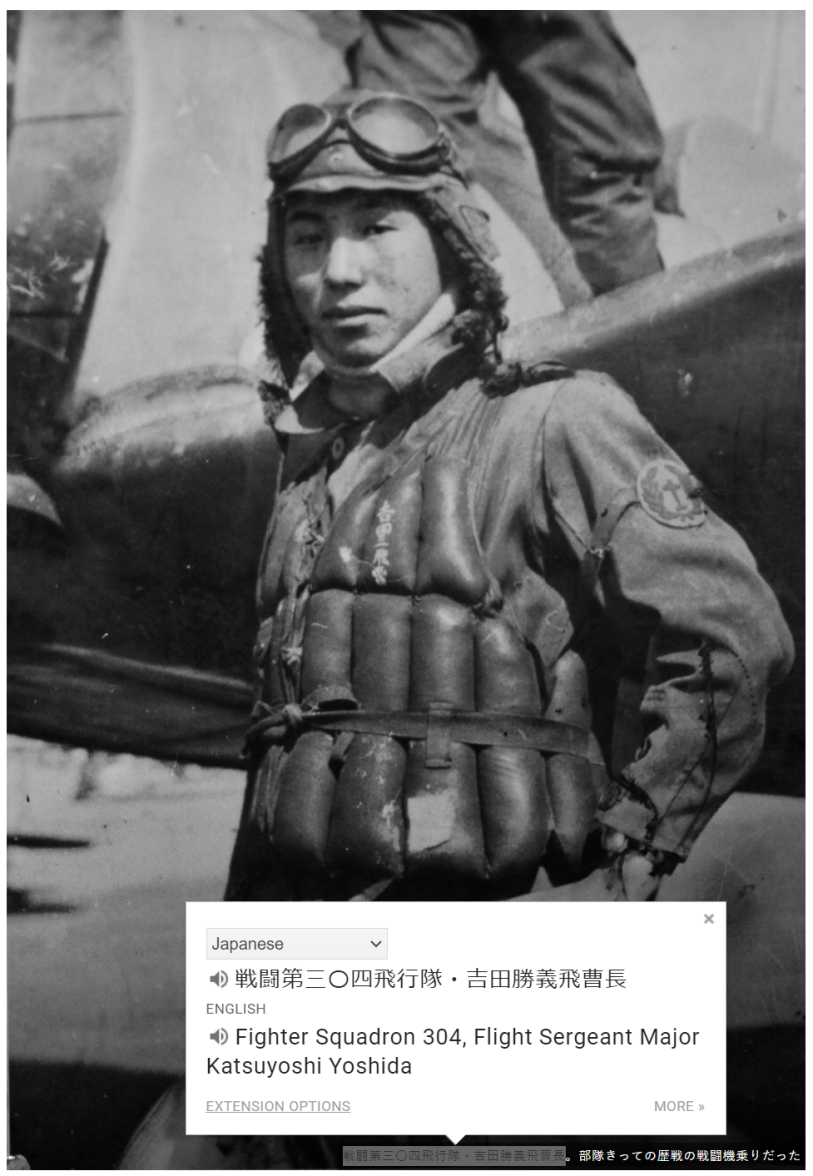
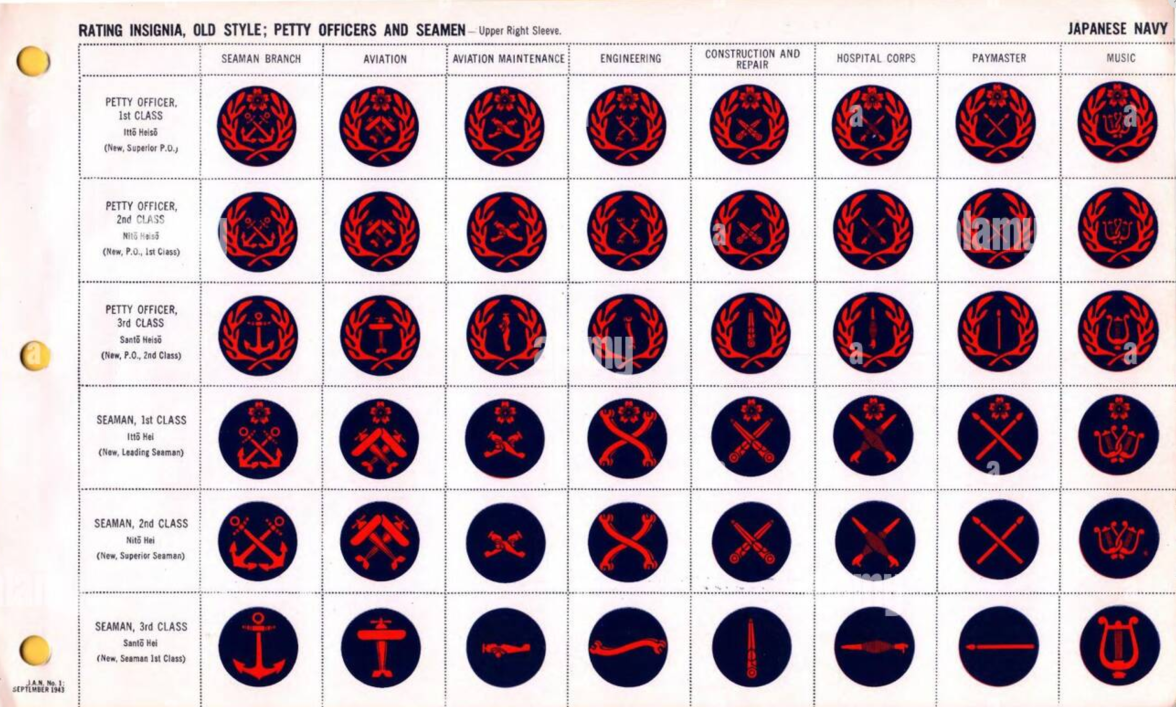
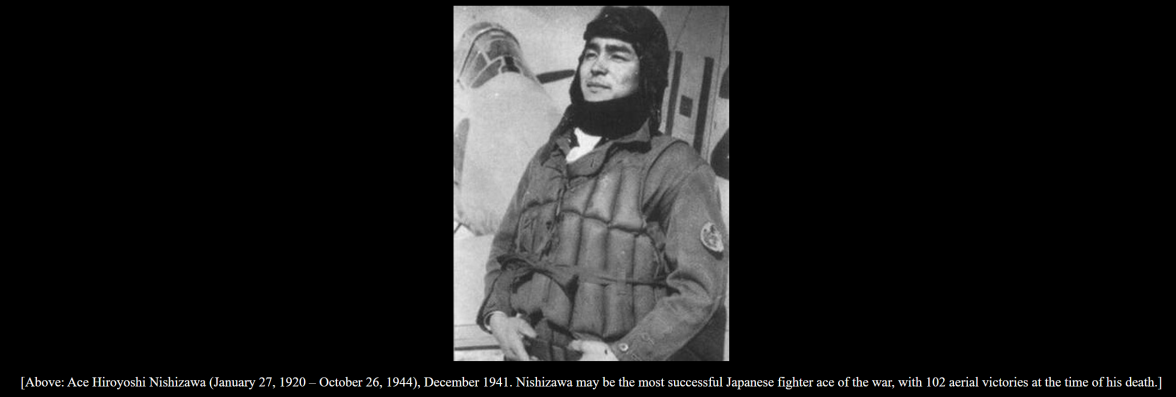
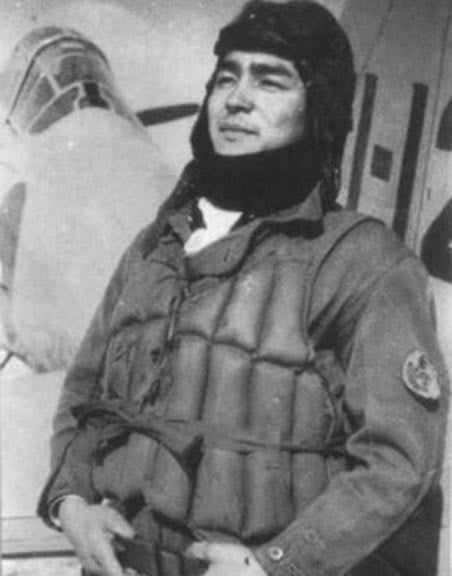
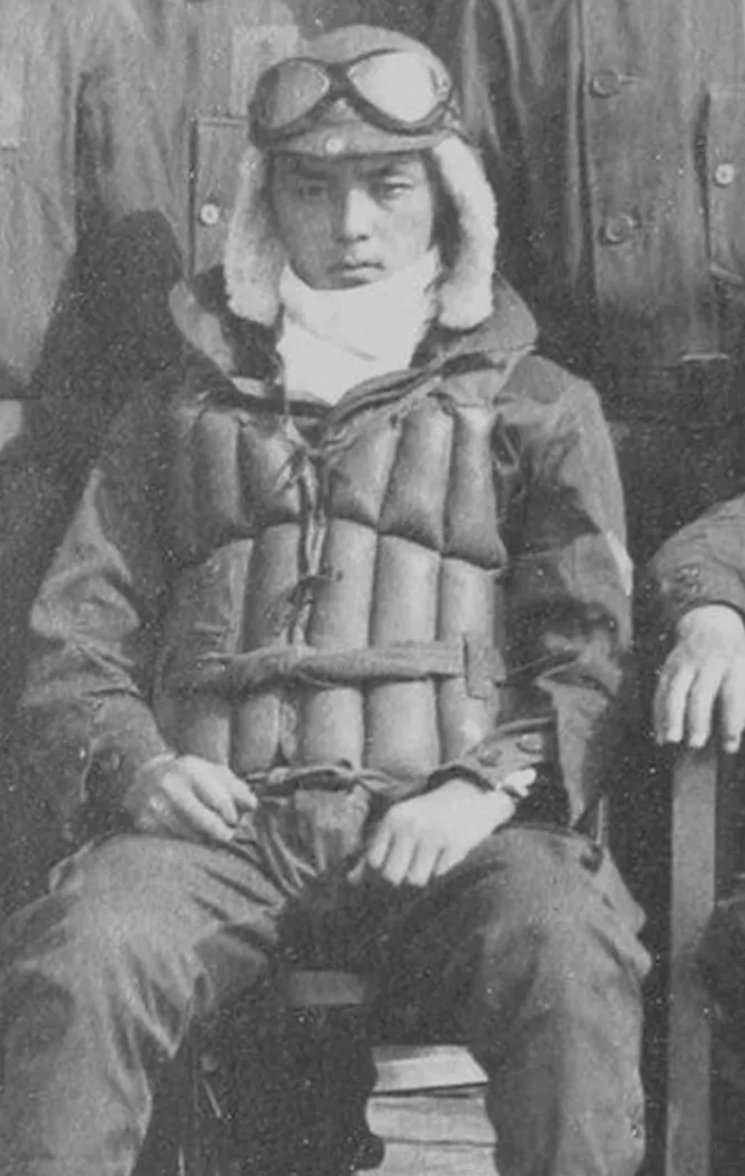






![img_45260c2ab97715614aee7e55af0b59ec254655[1].jpg](/data/attachments/1566/1566783-0211e4cec7101c1b1478e7dd3e3b6123.jpg?hash=AhHkzscQHB)






